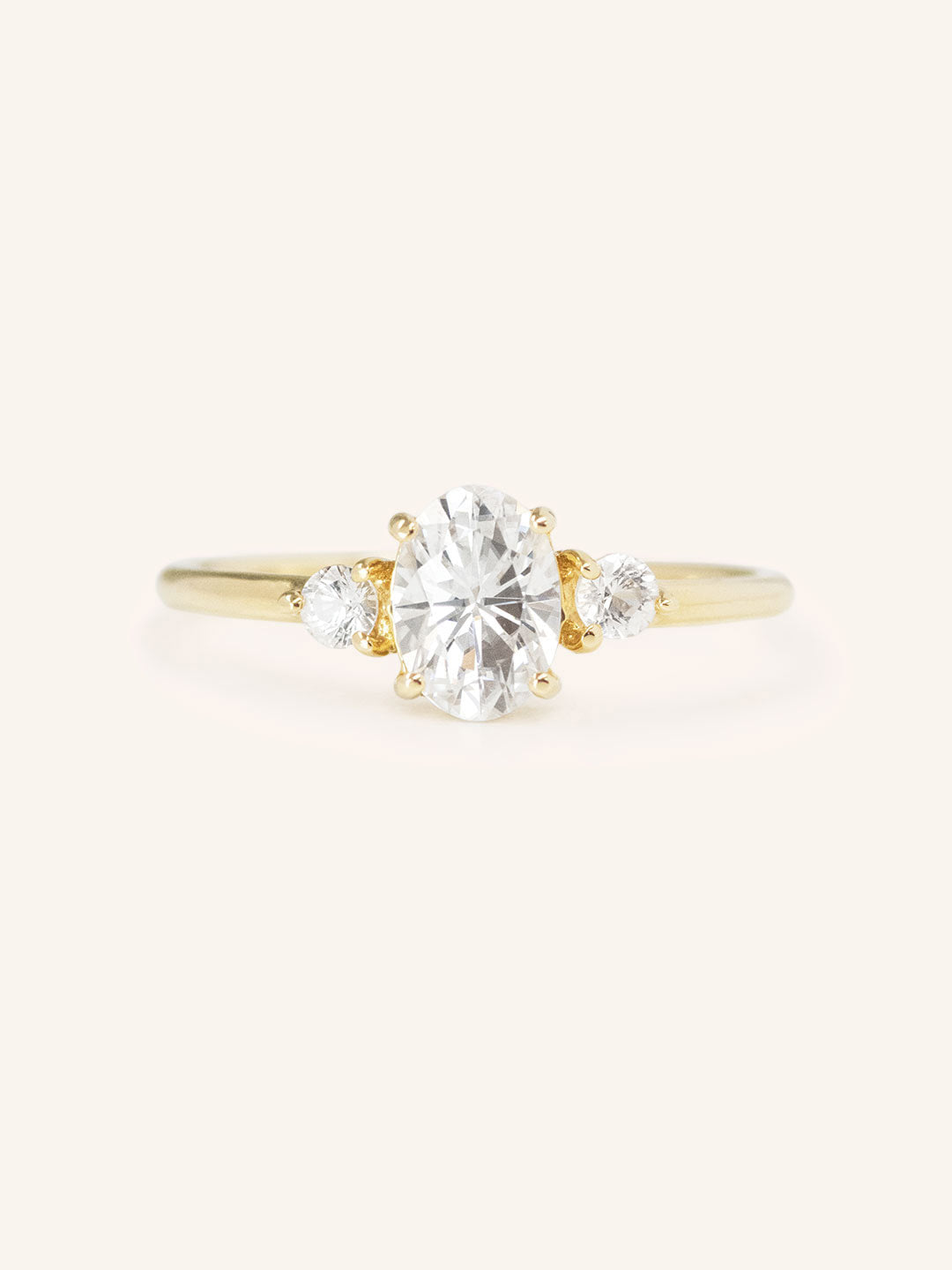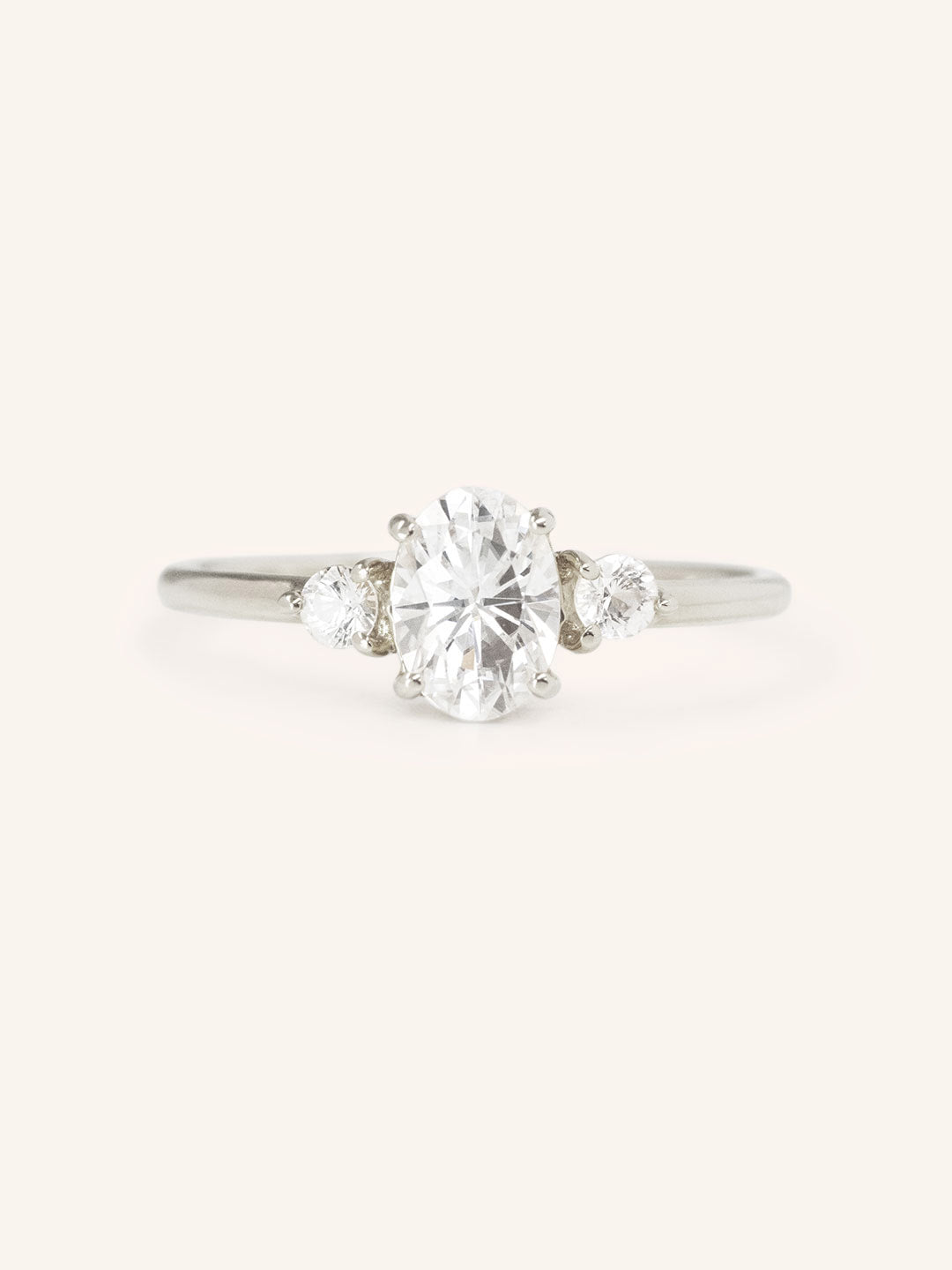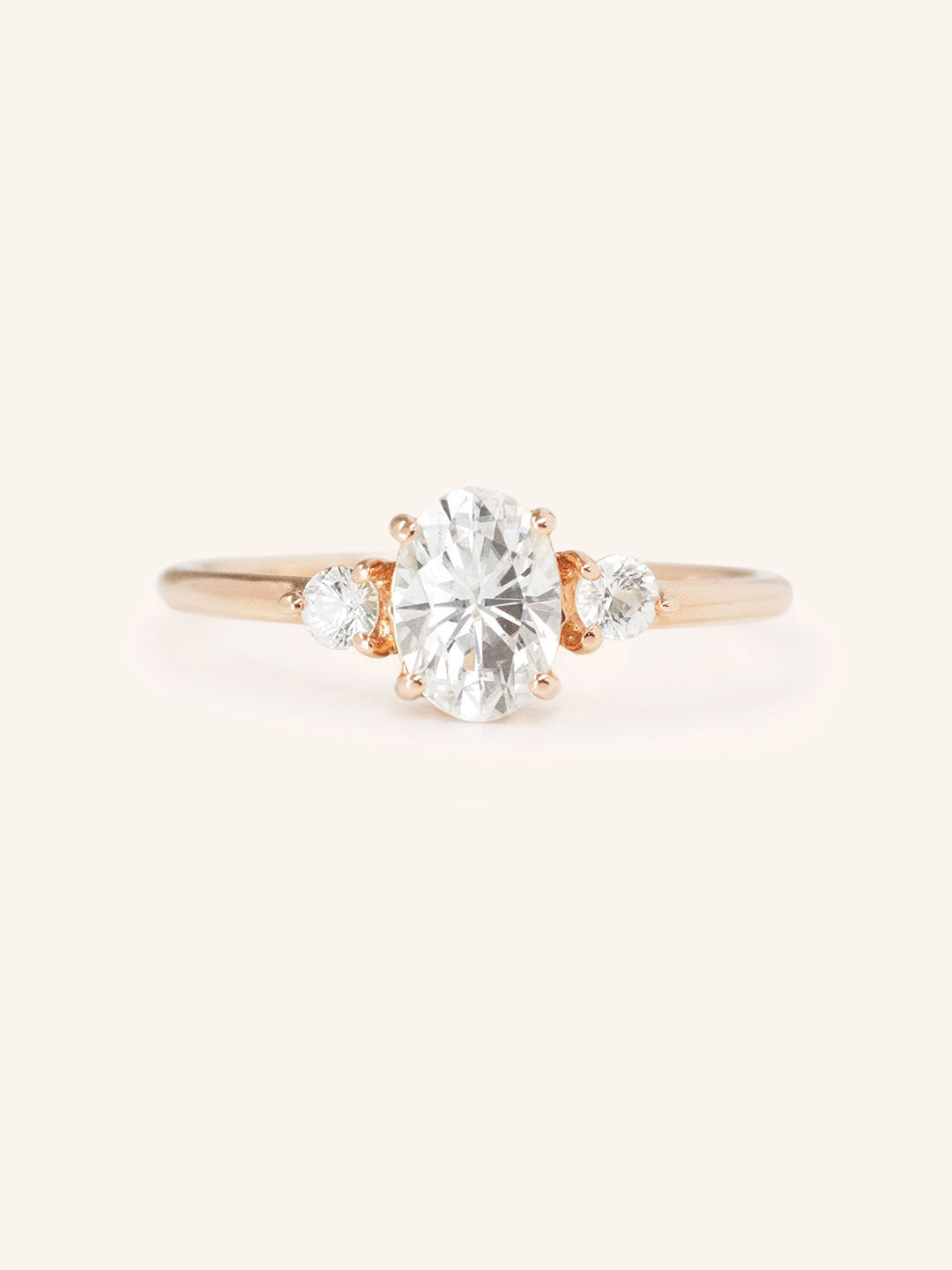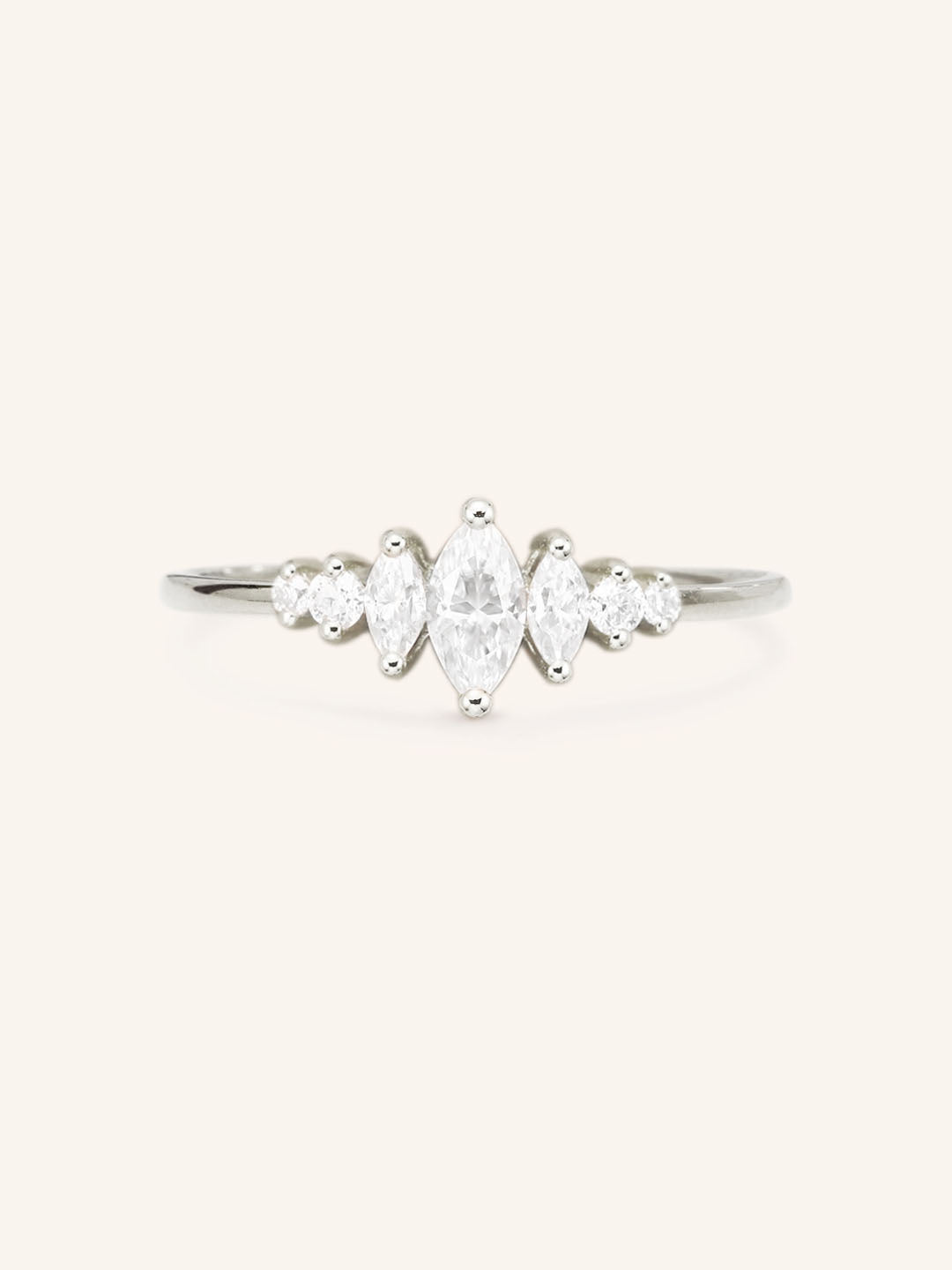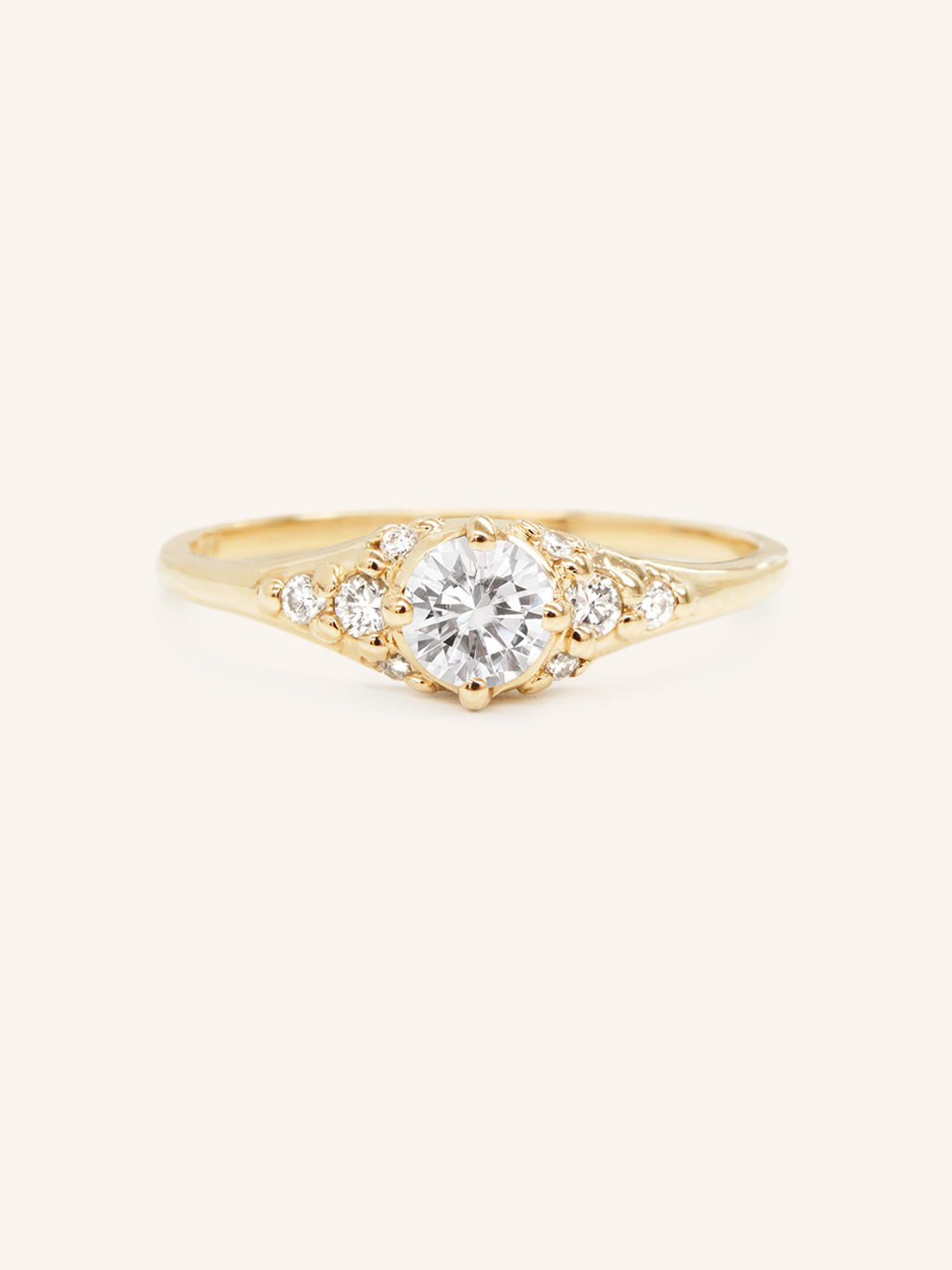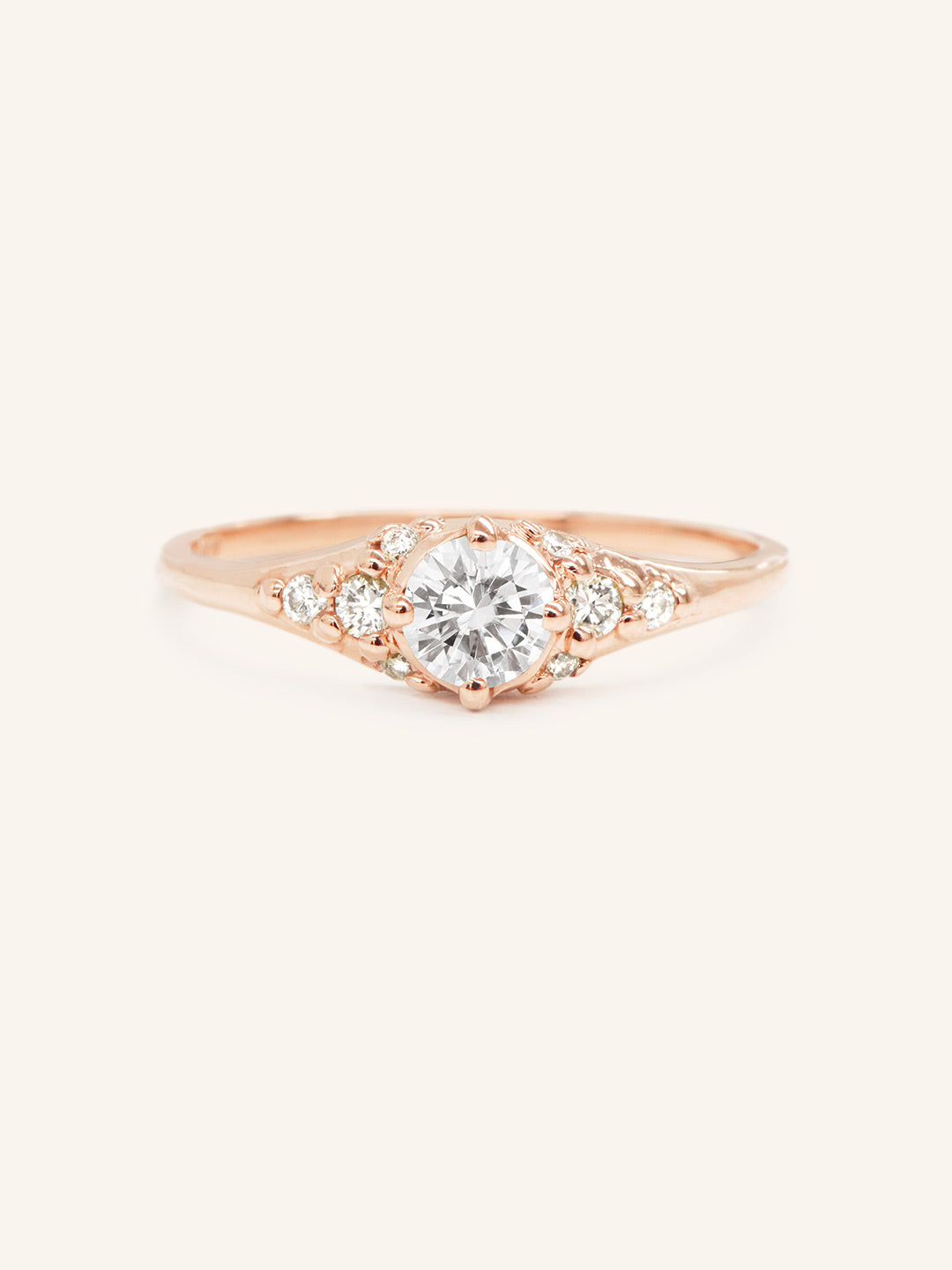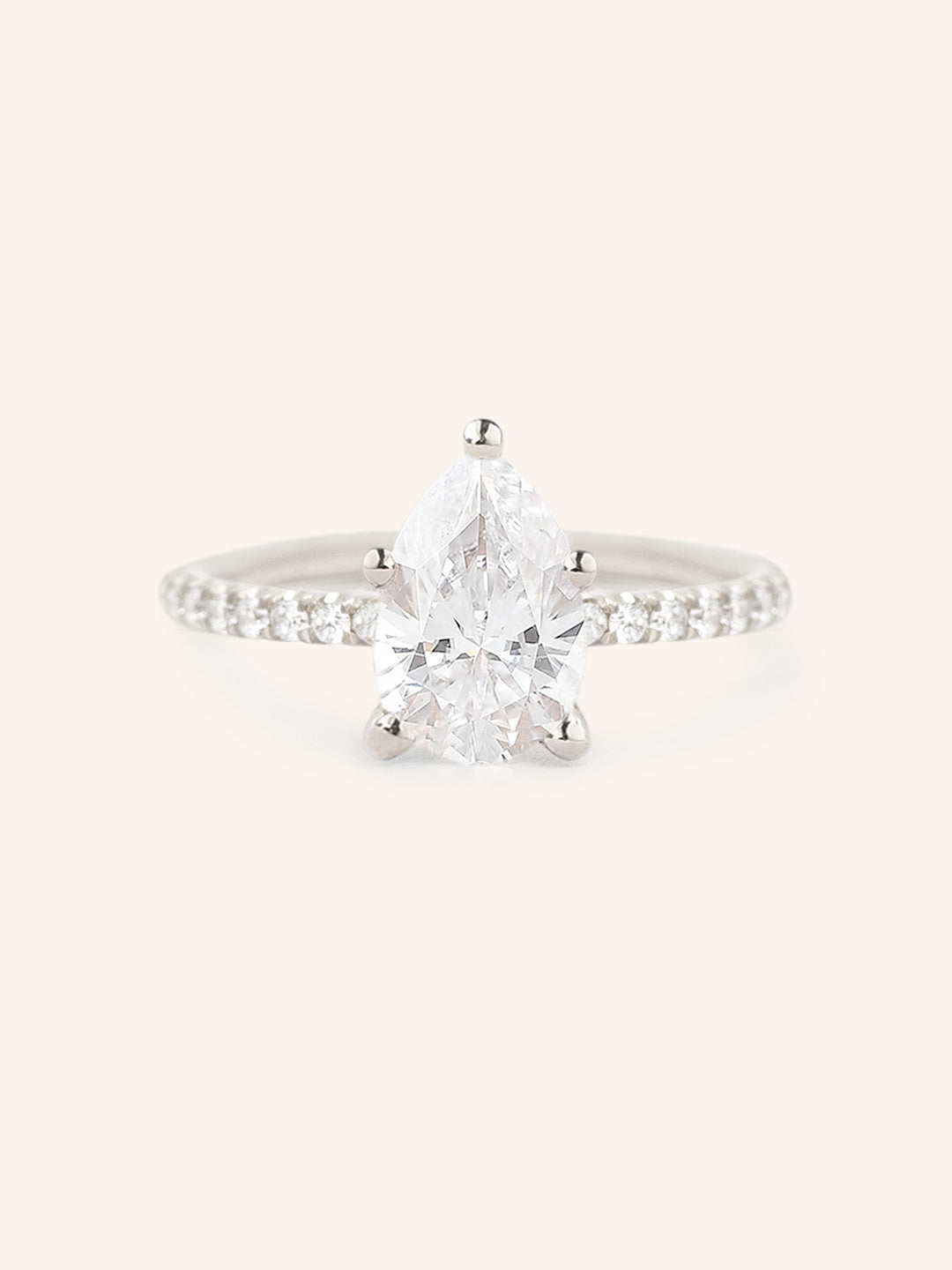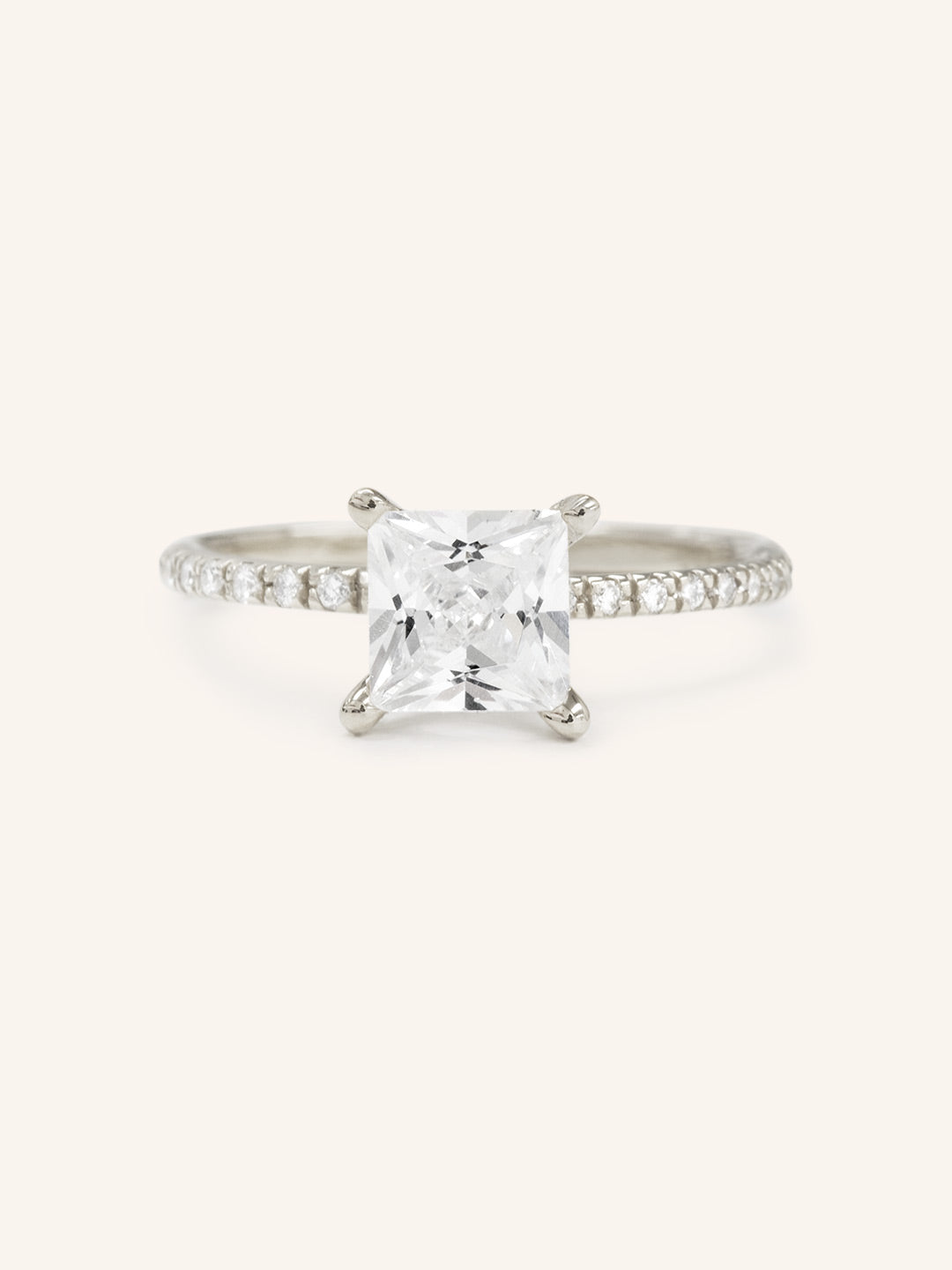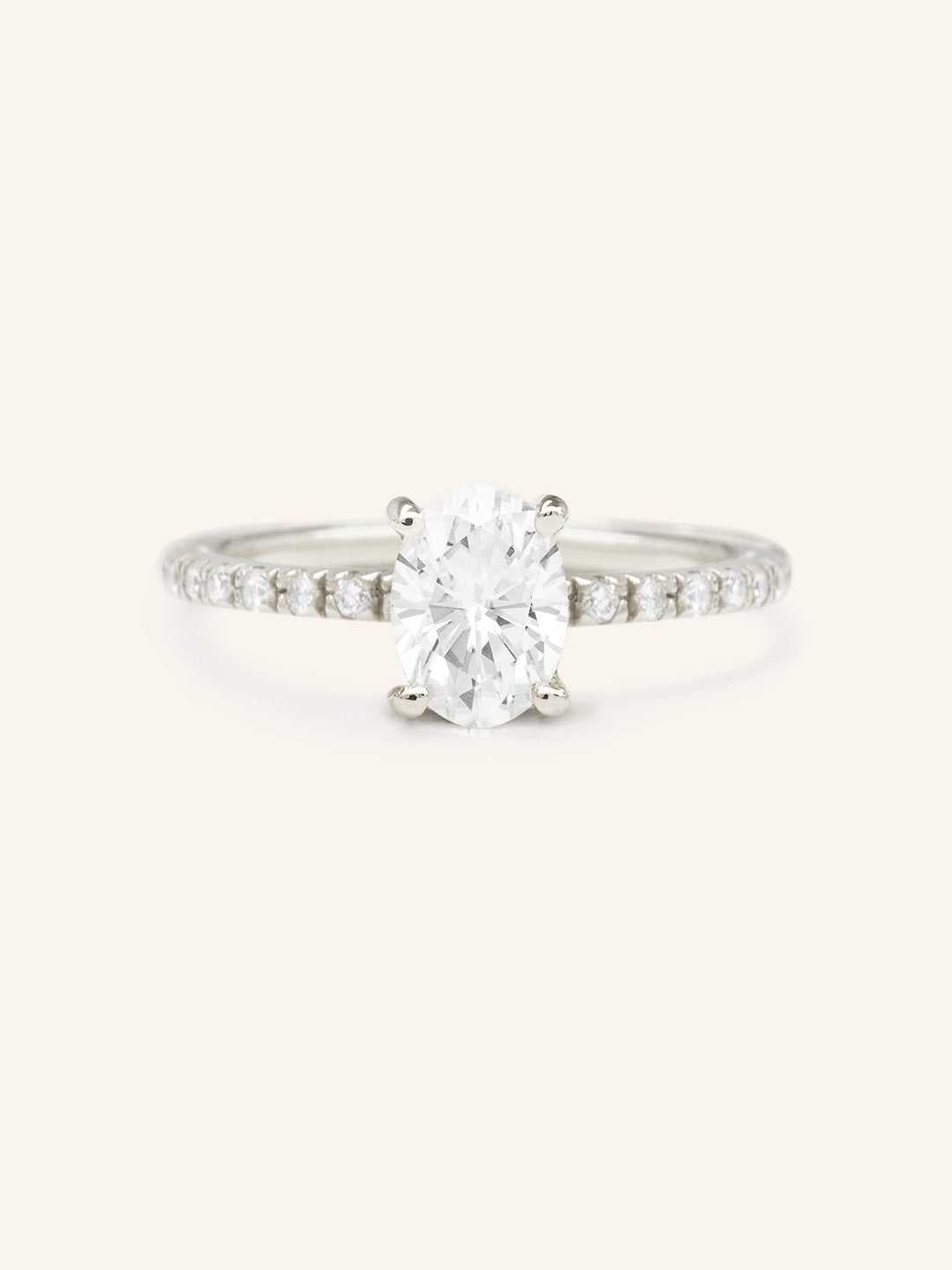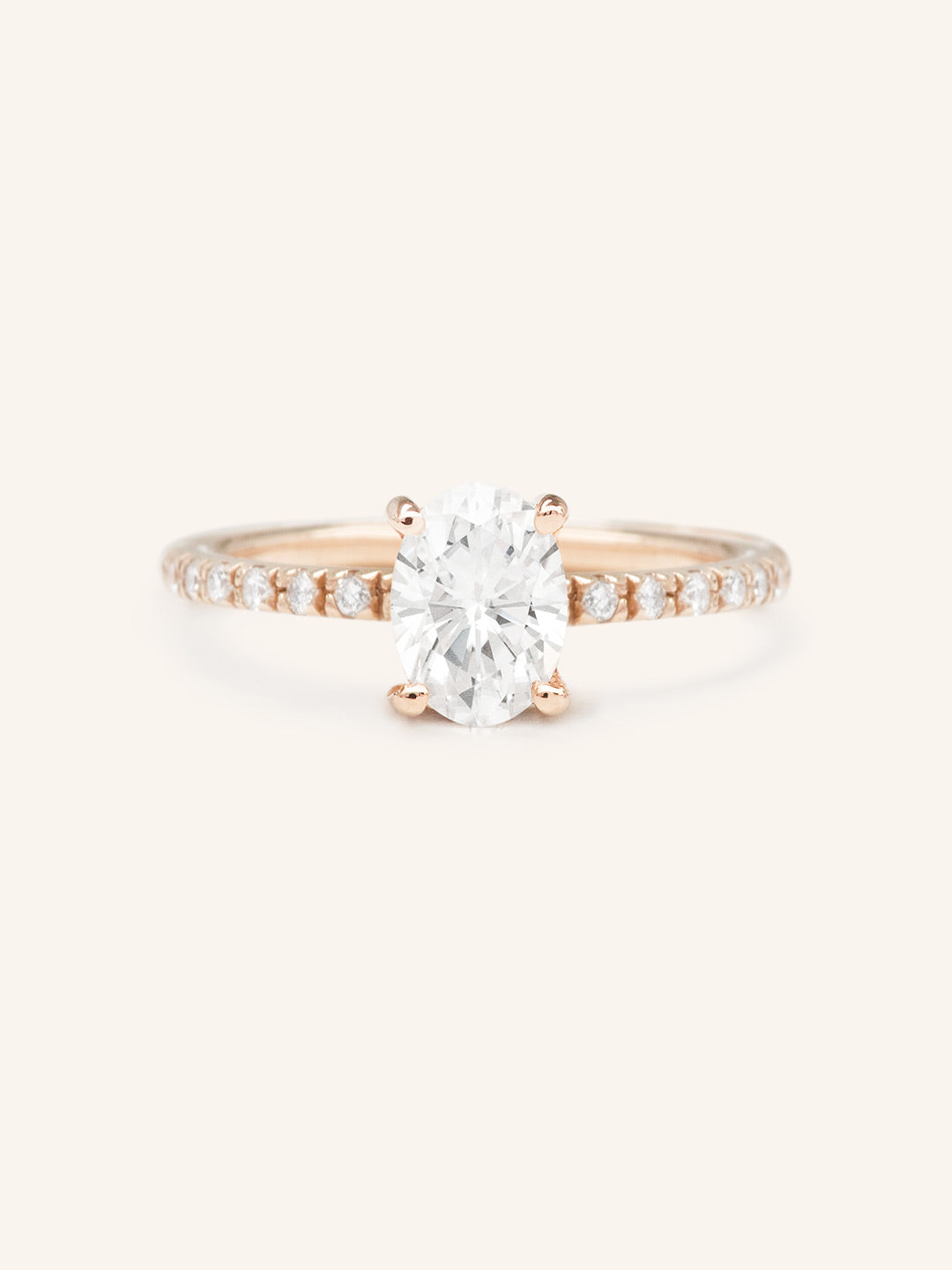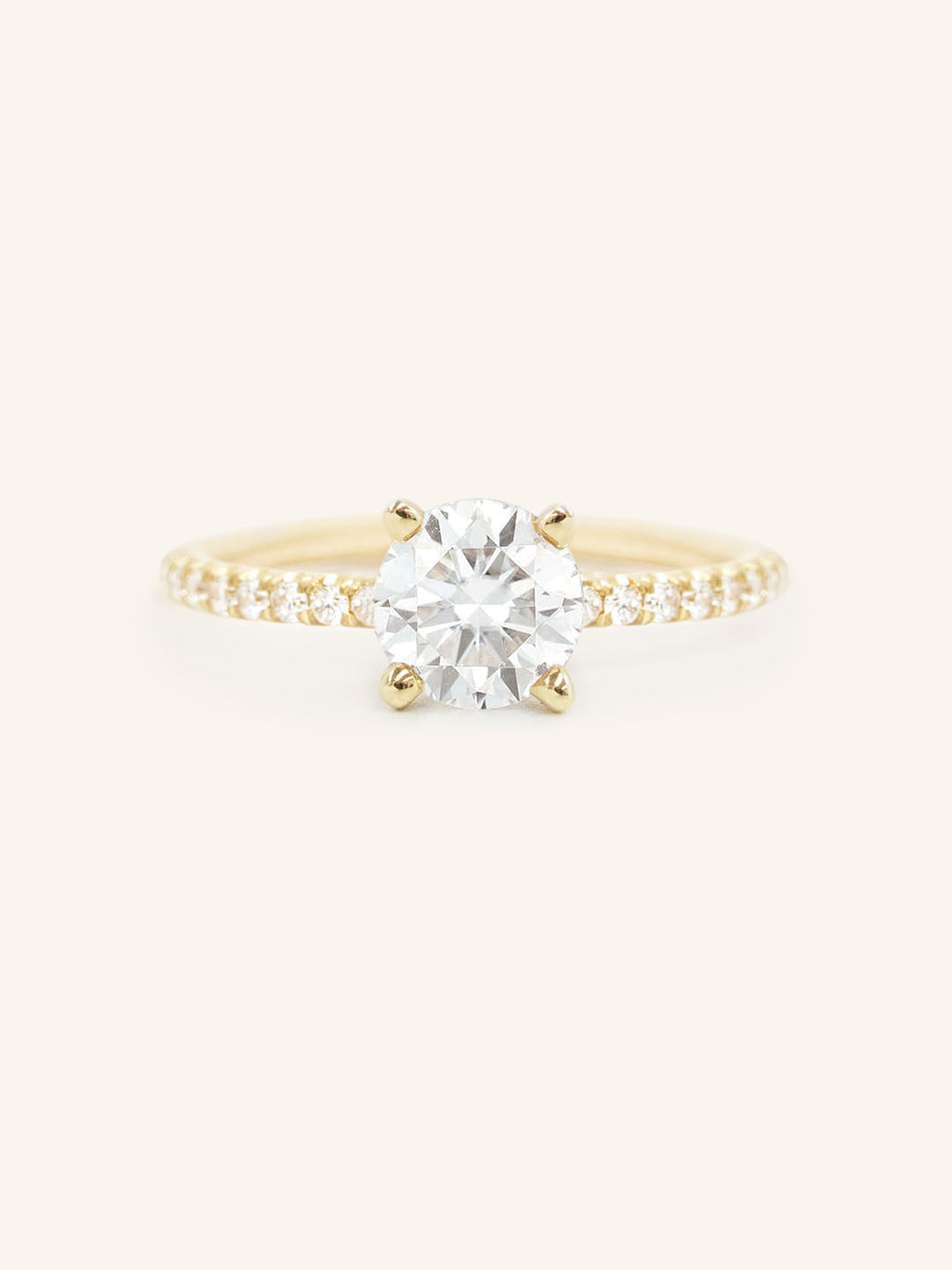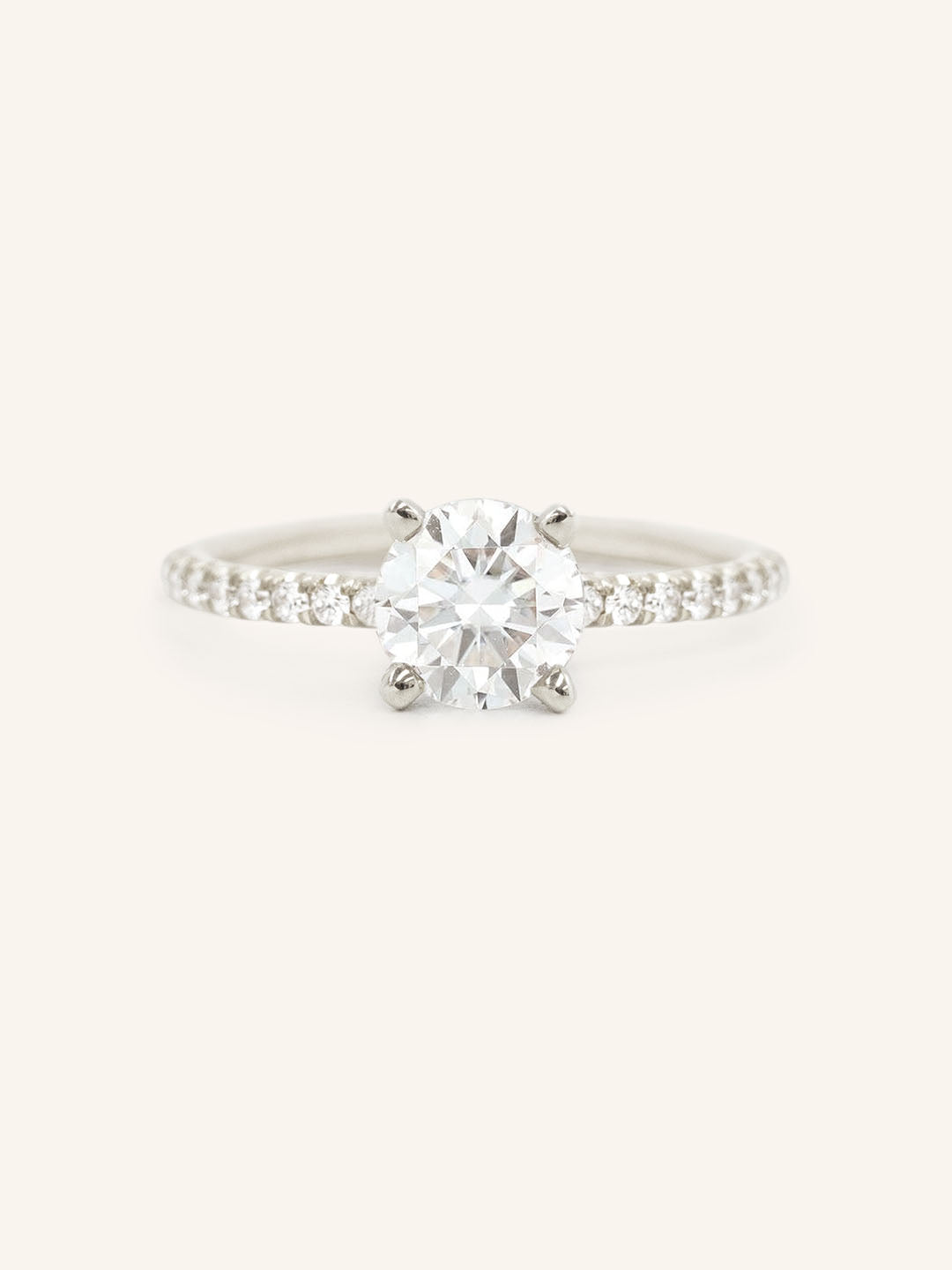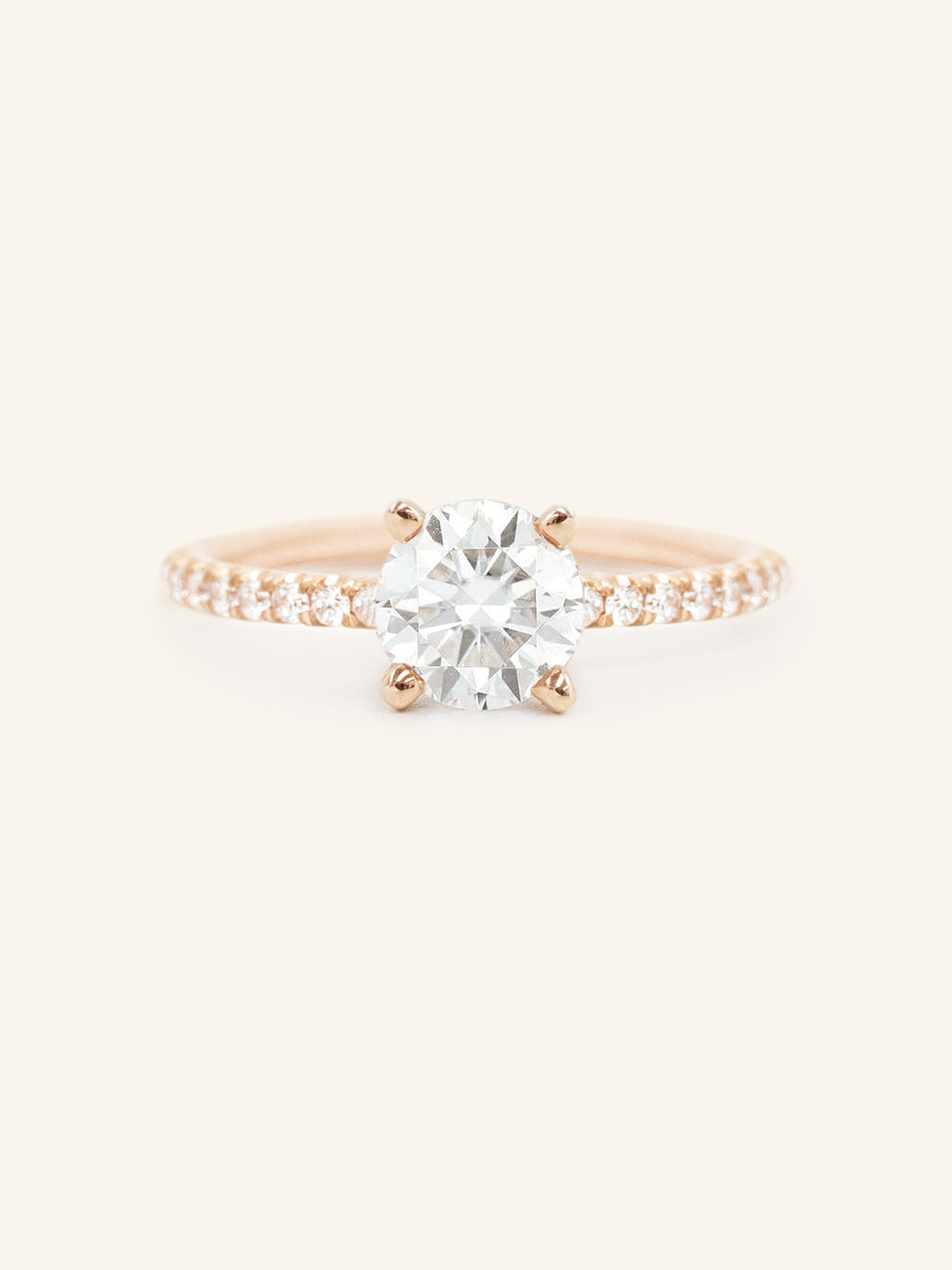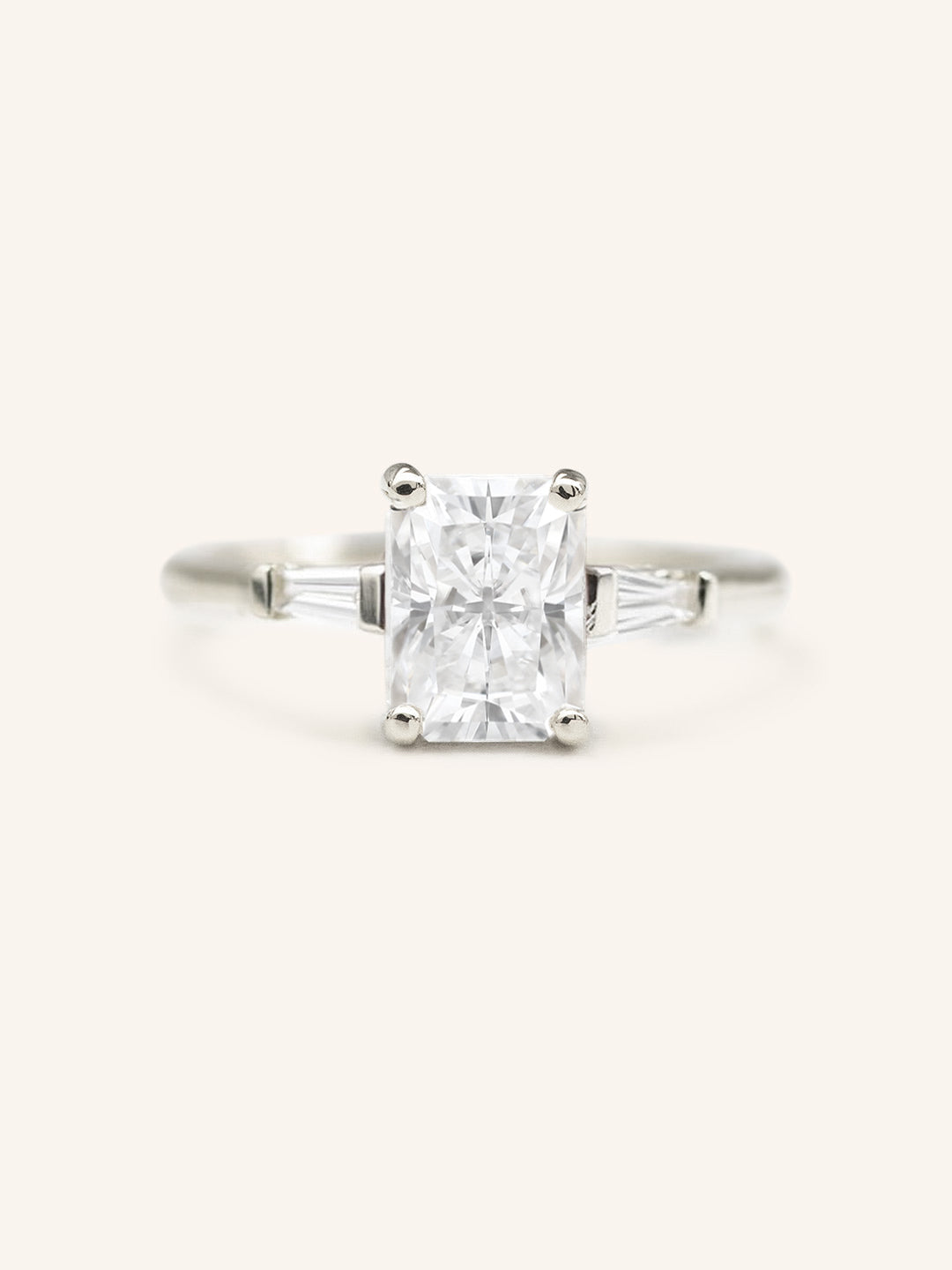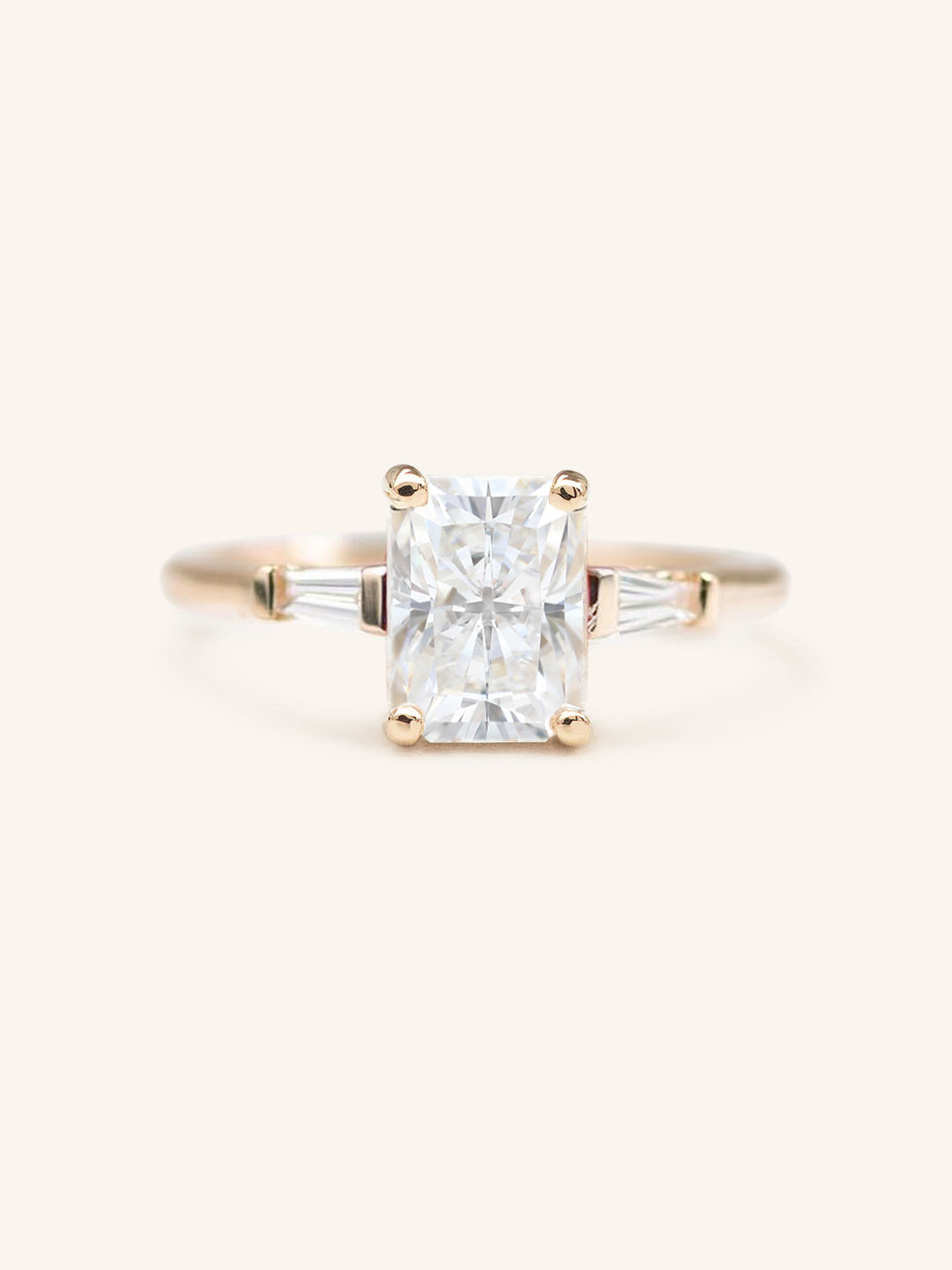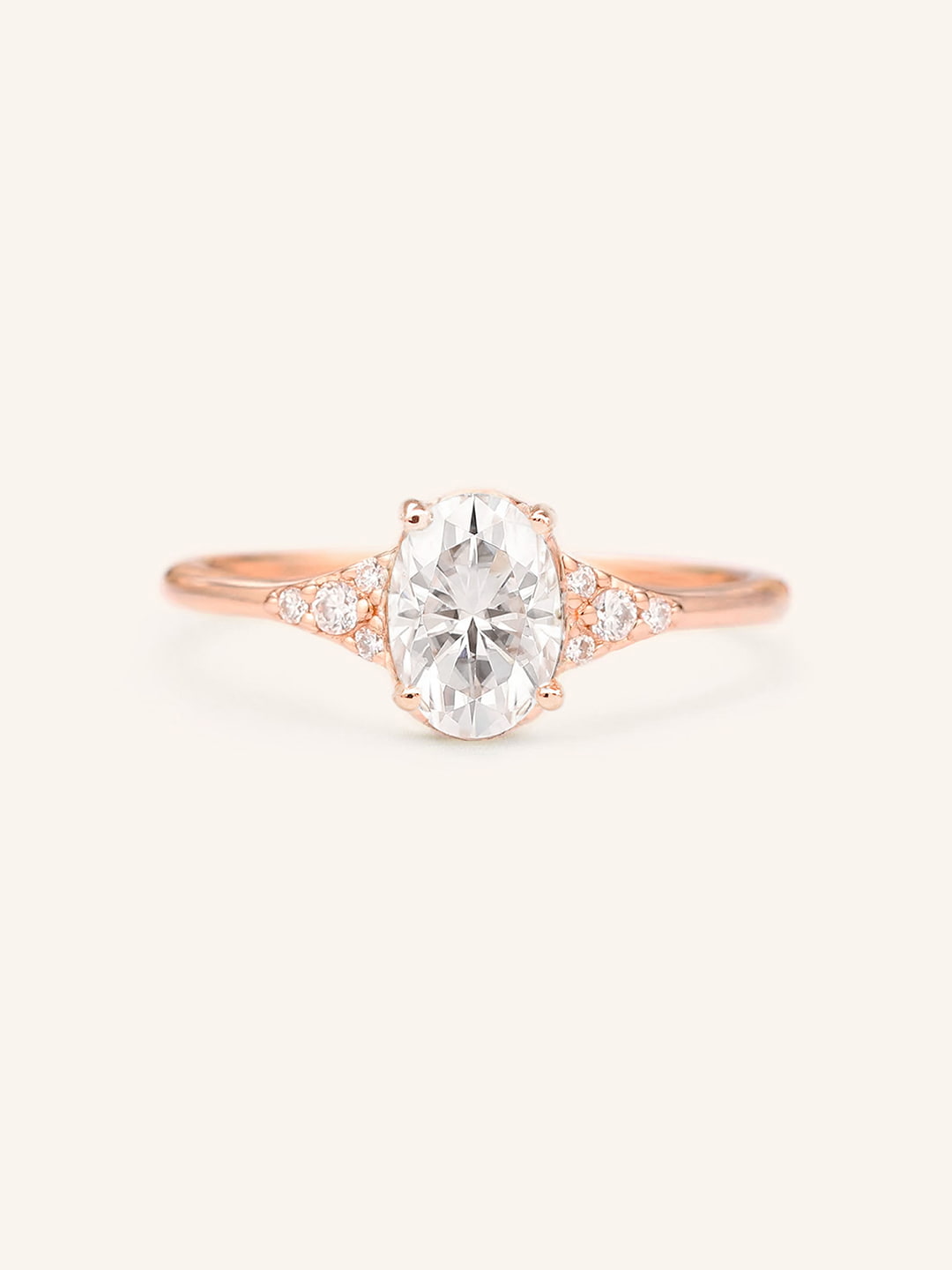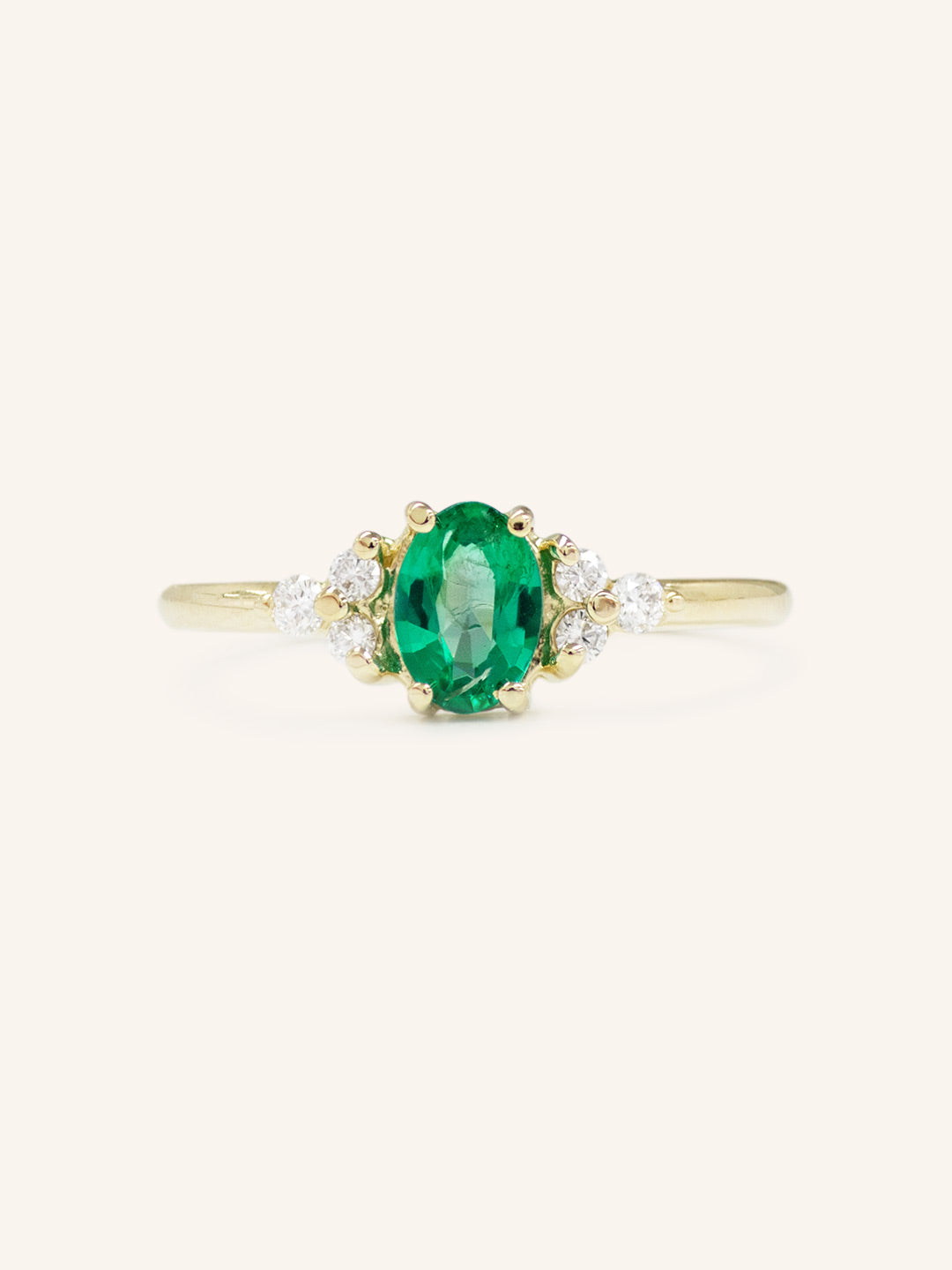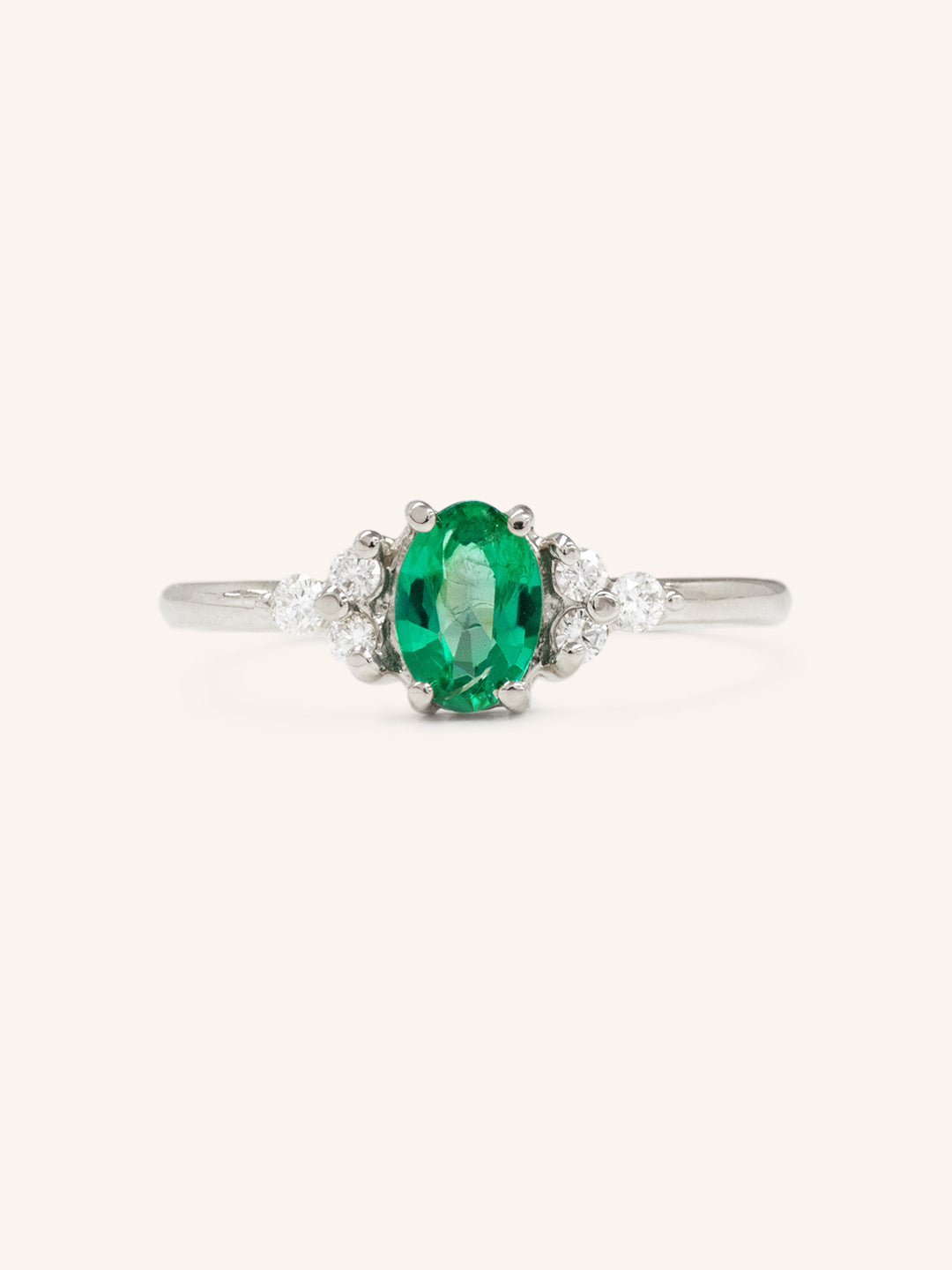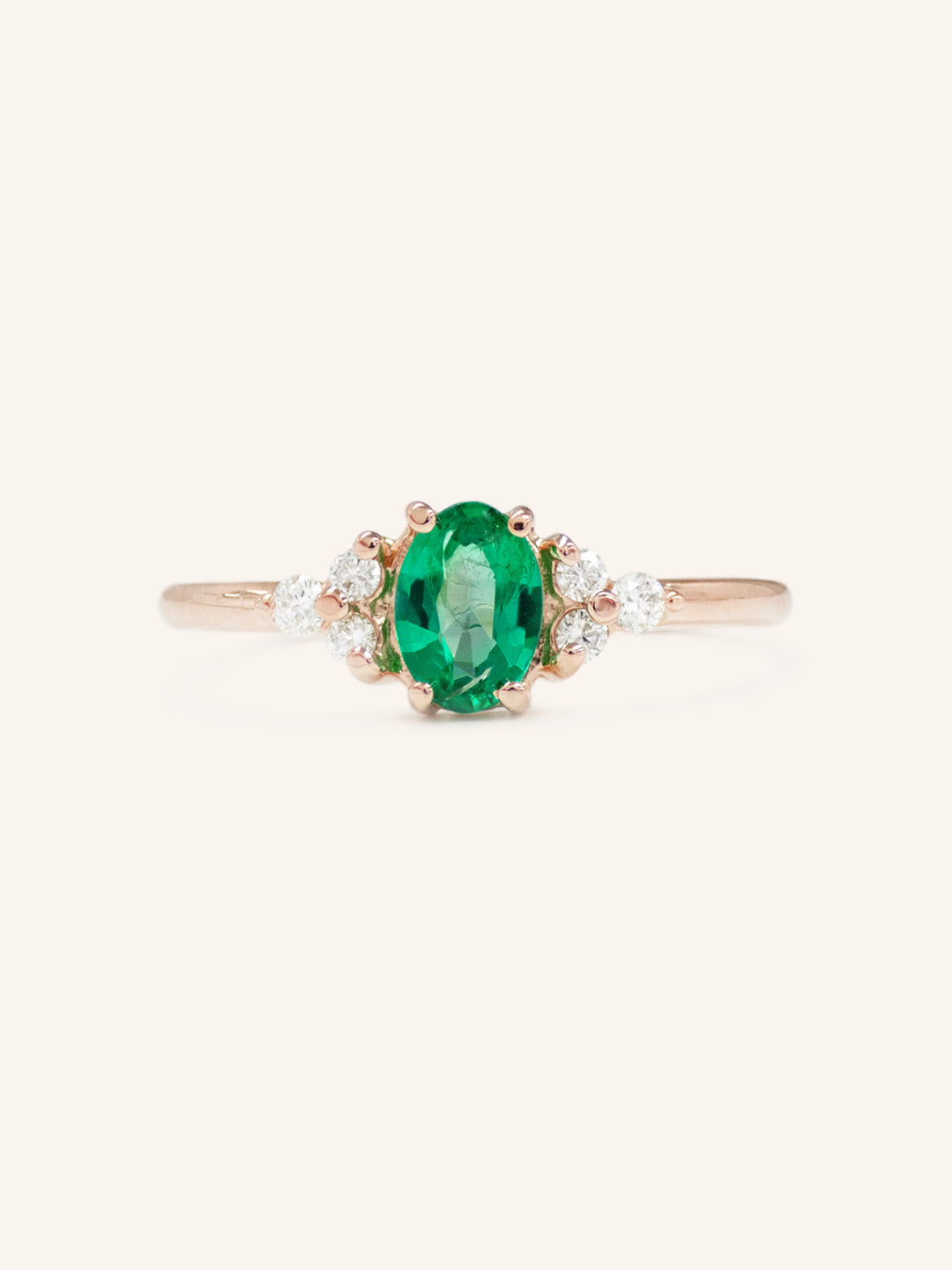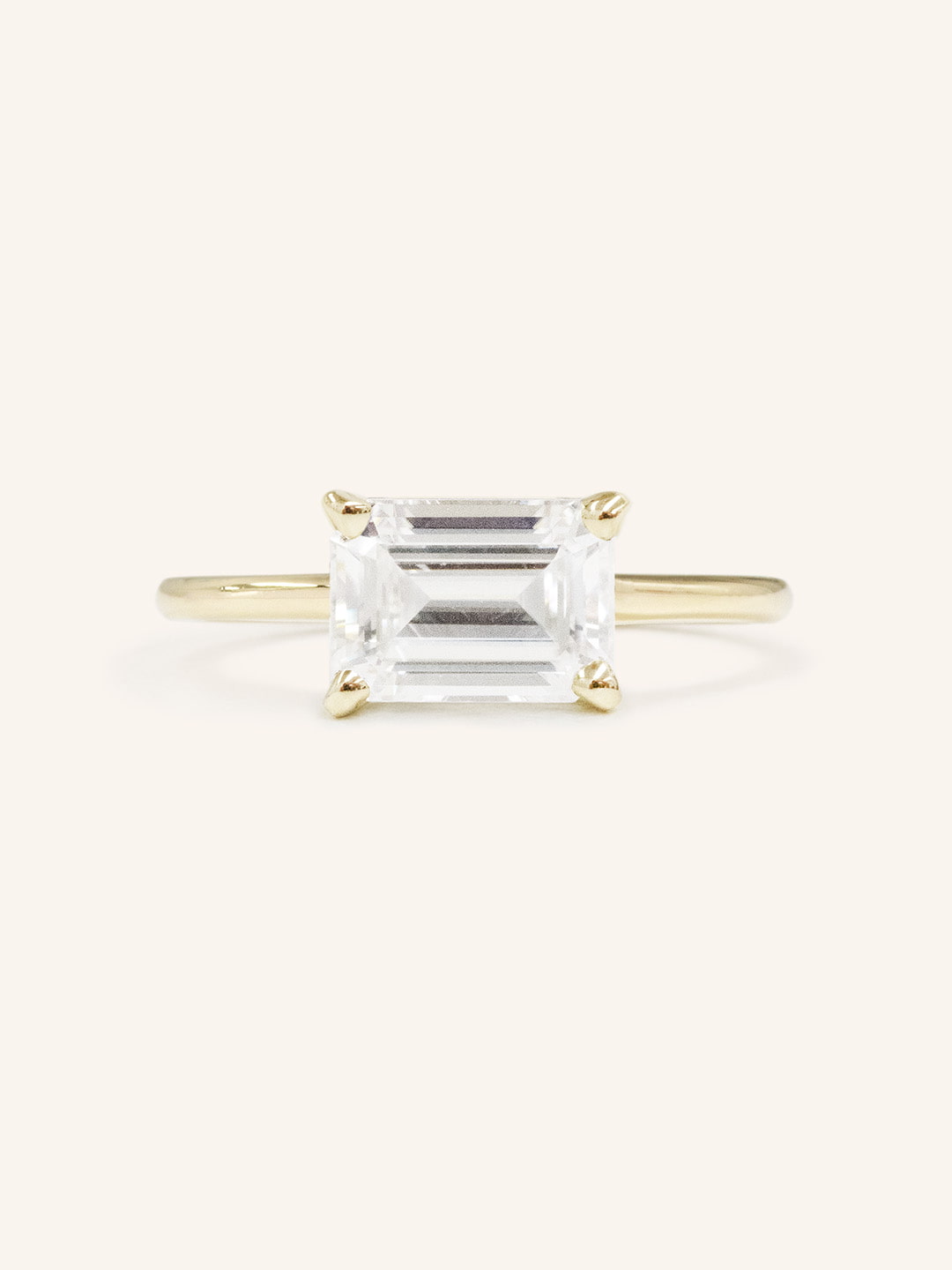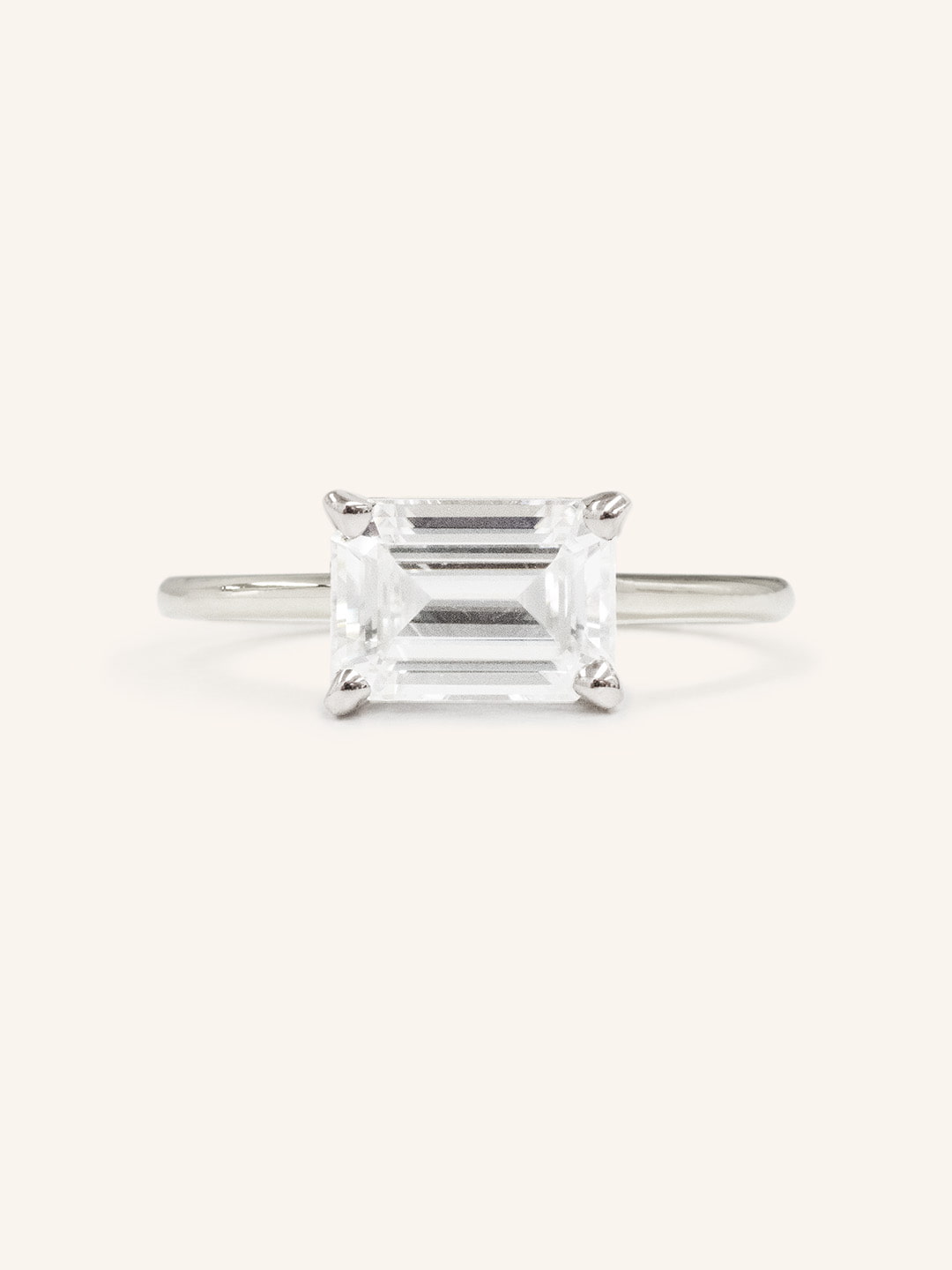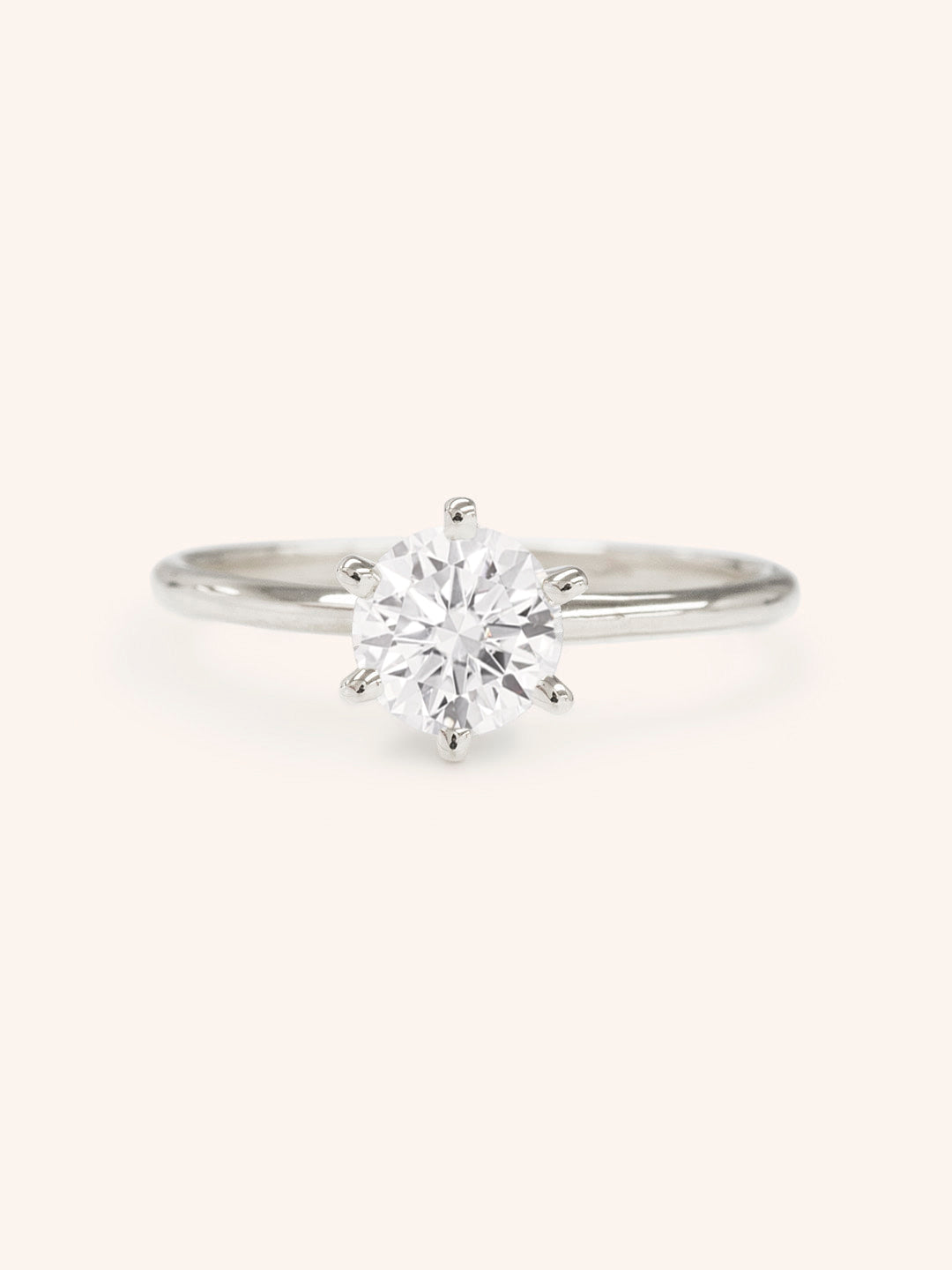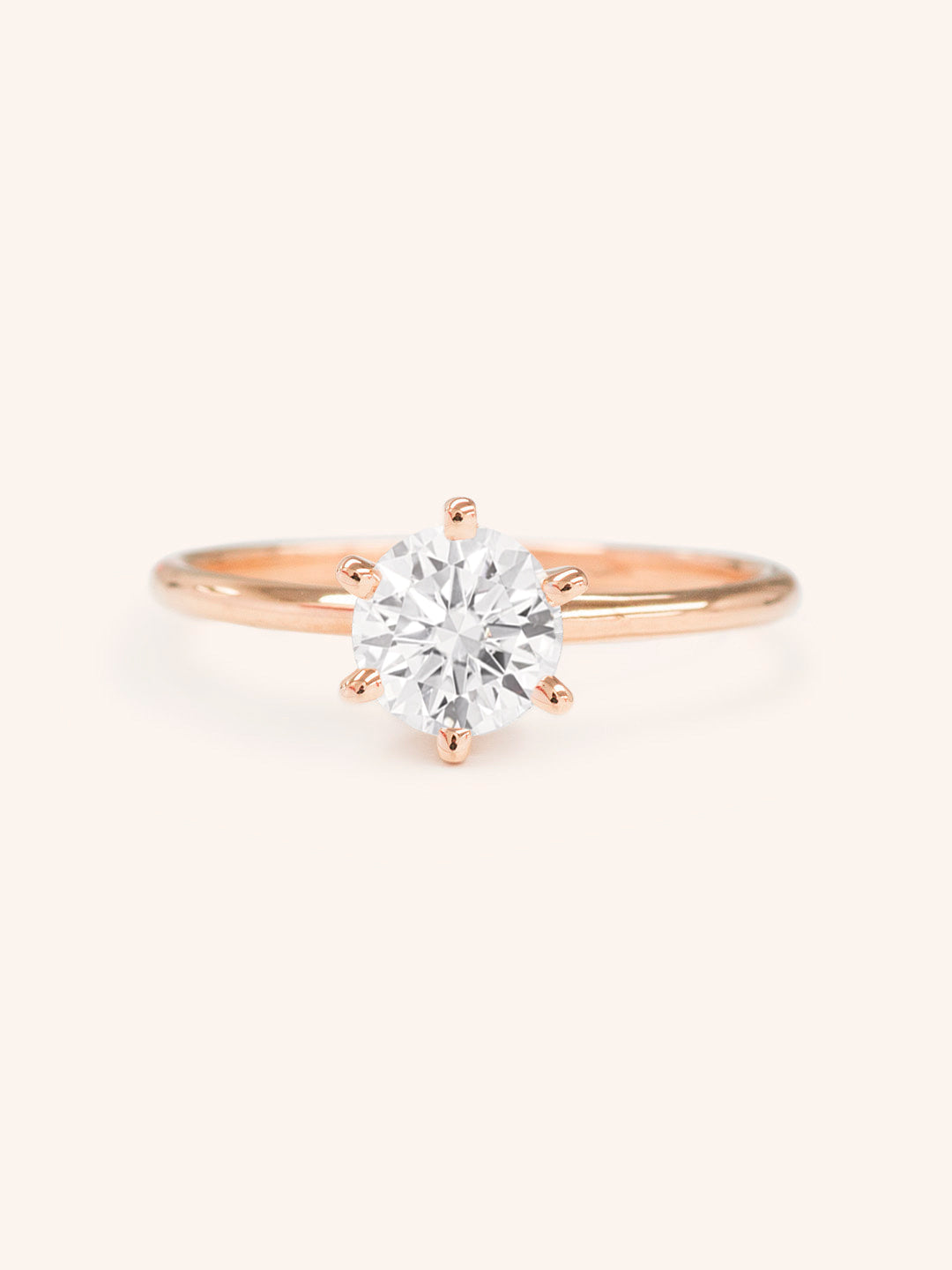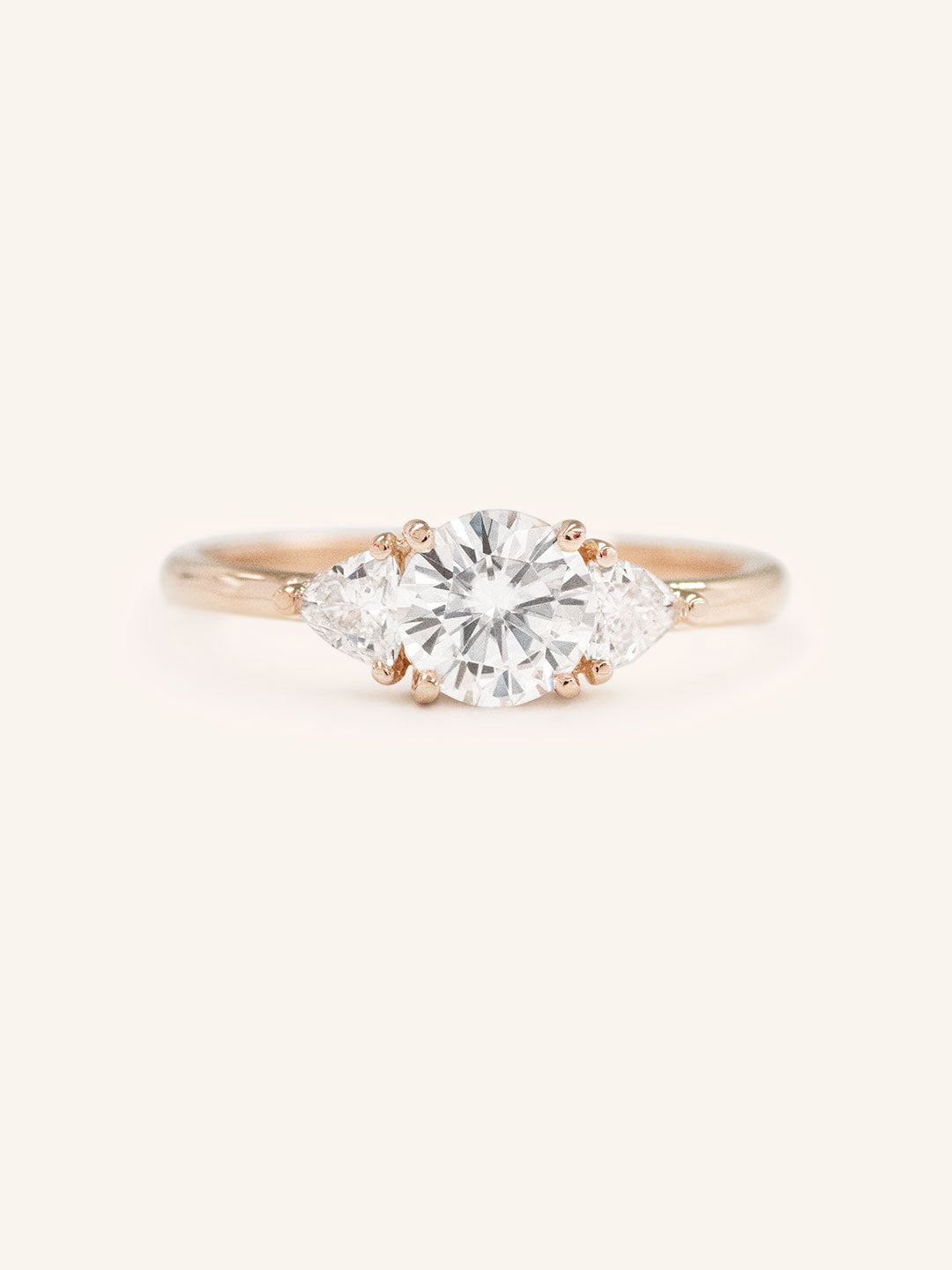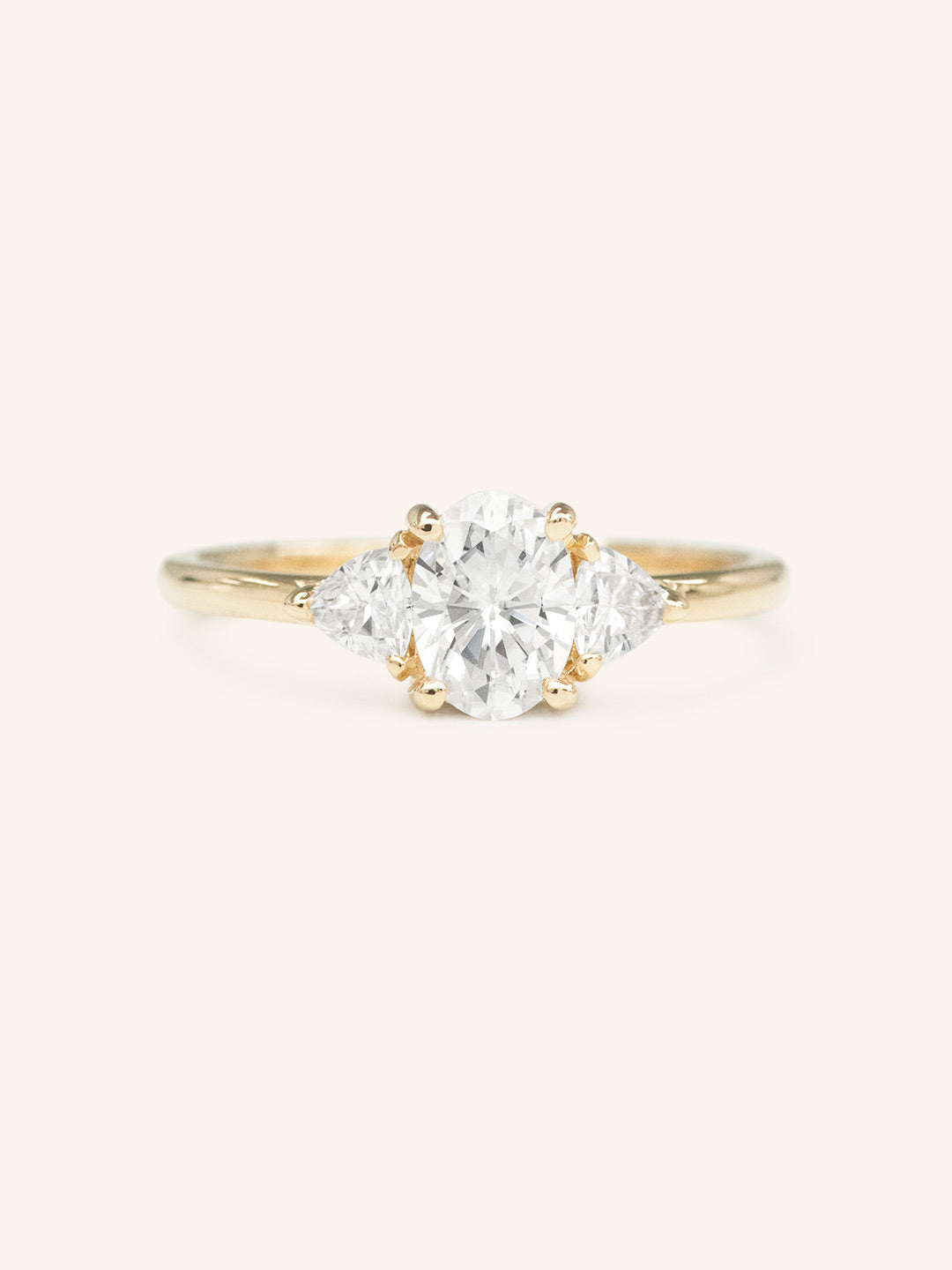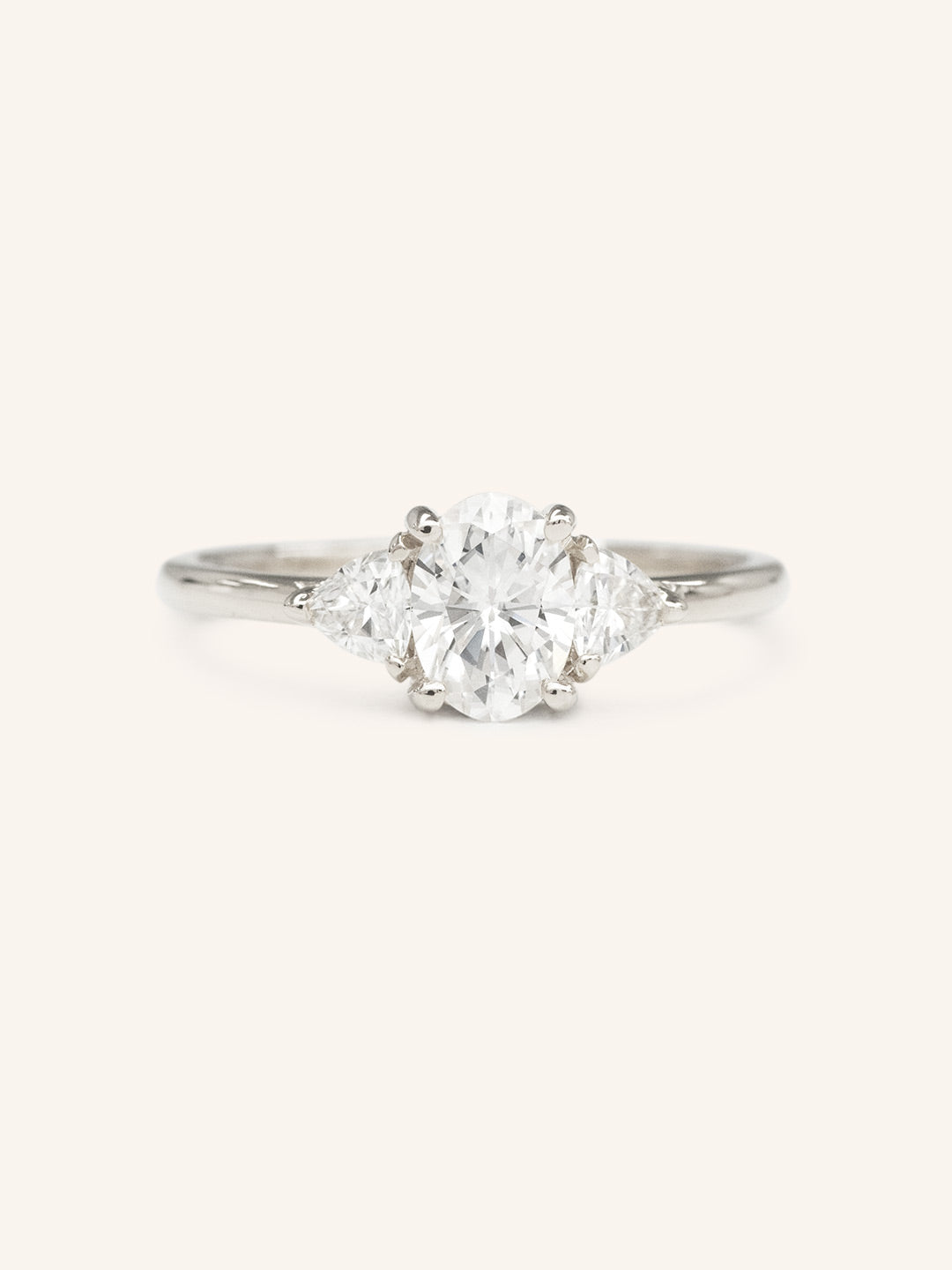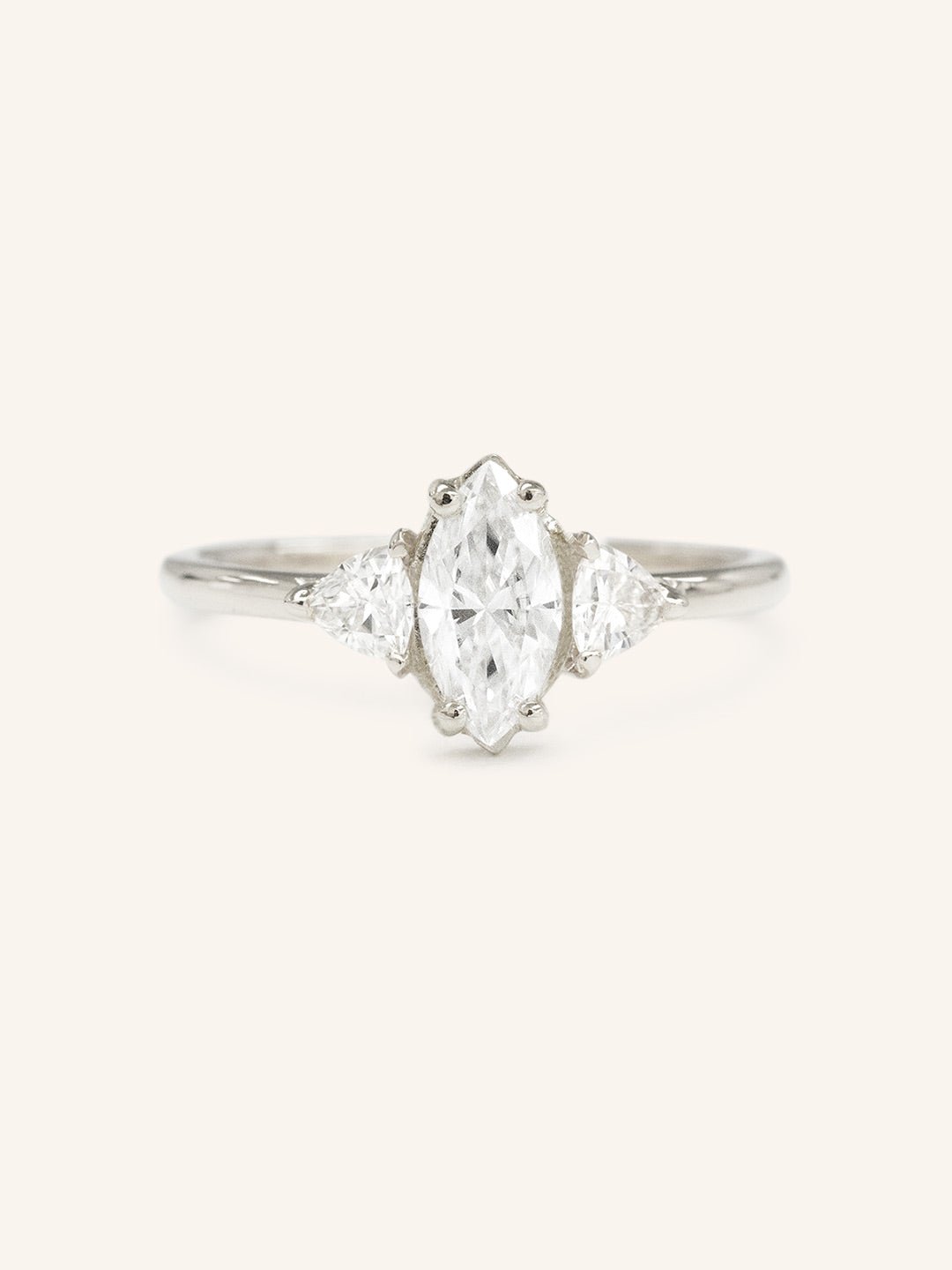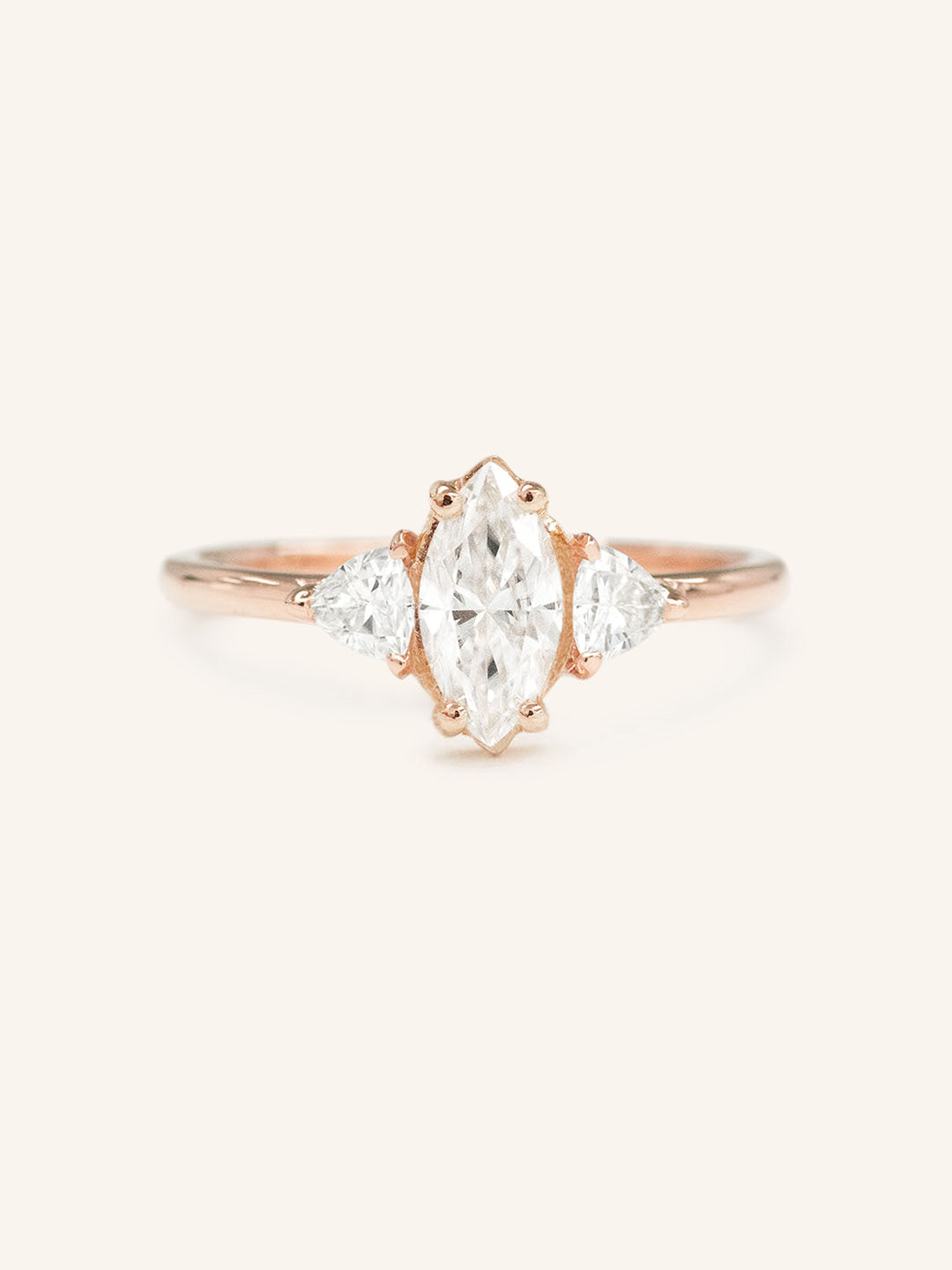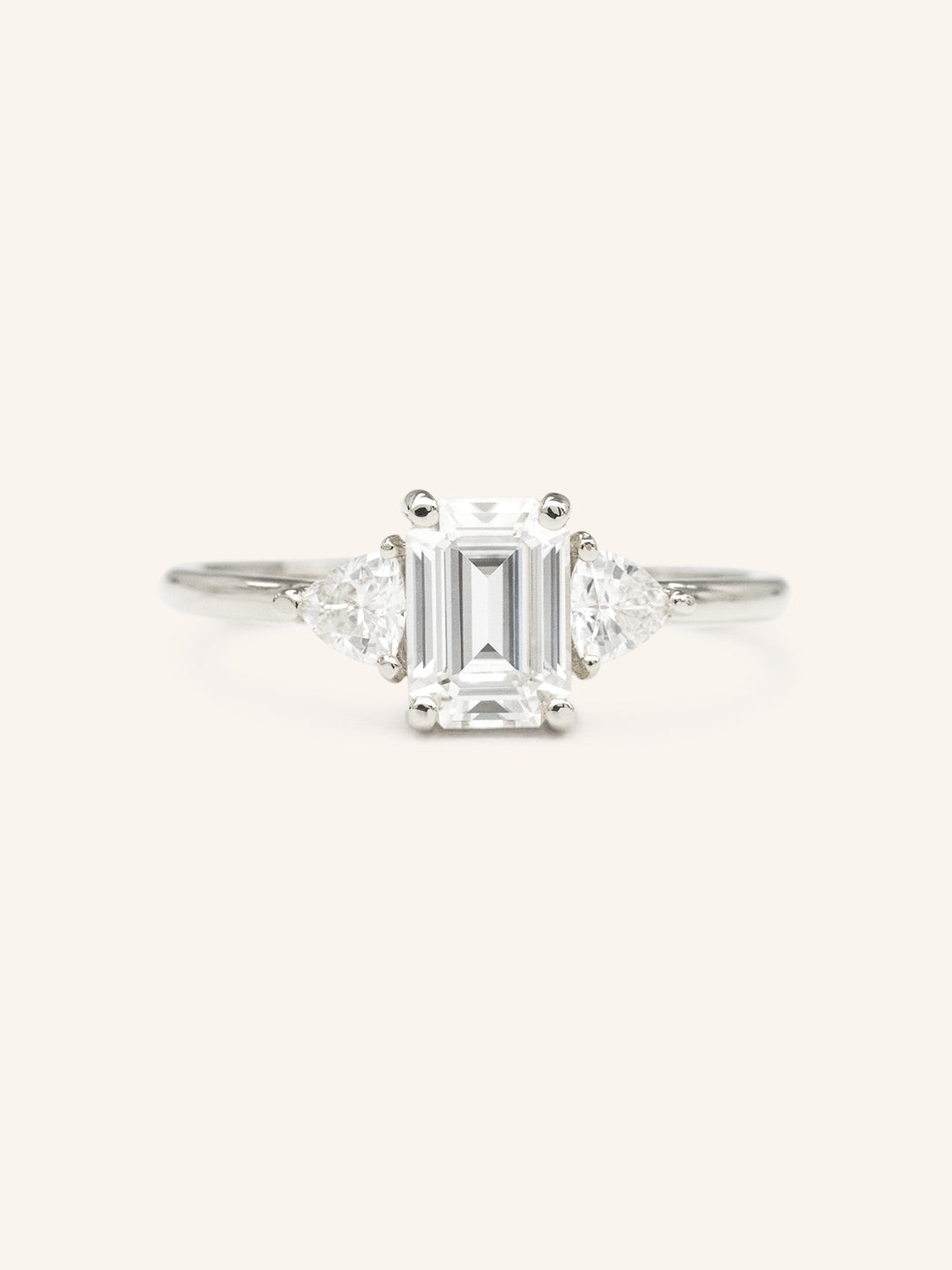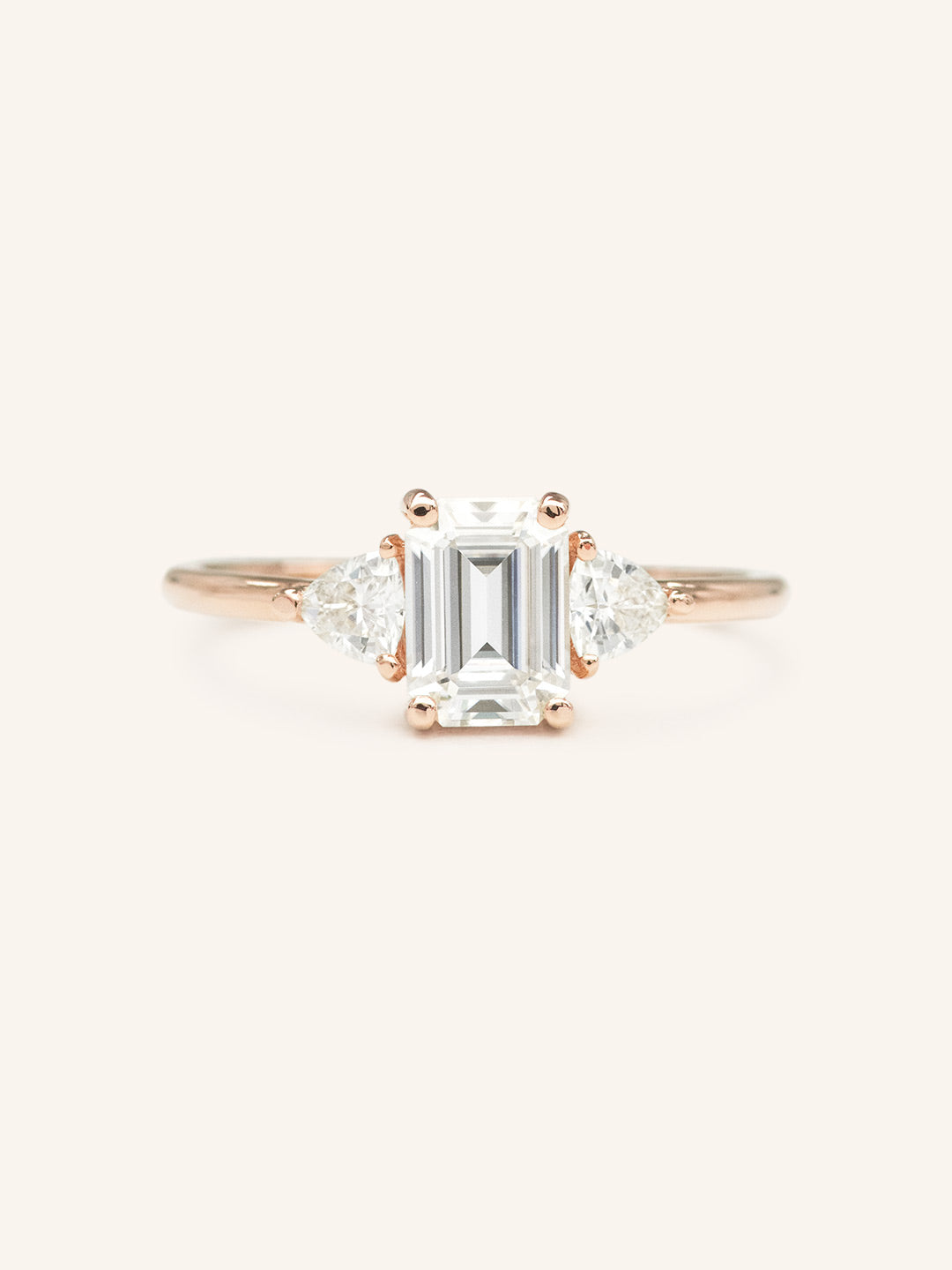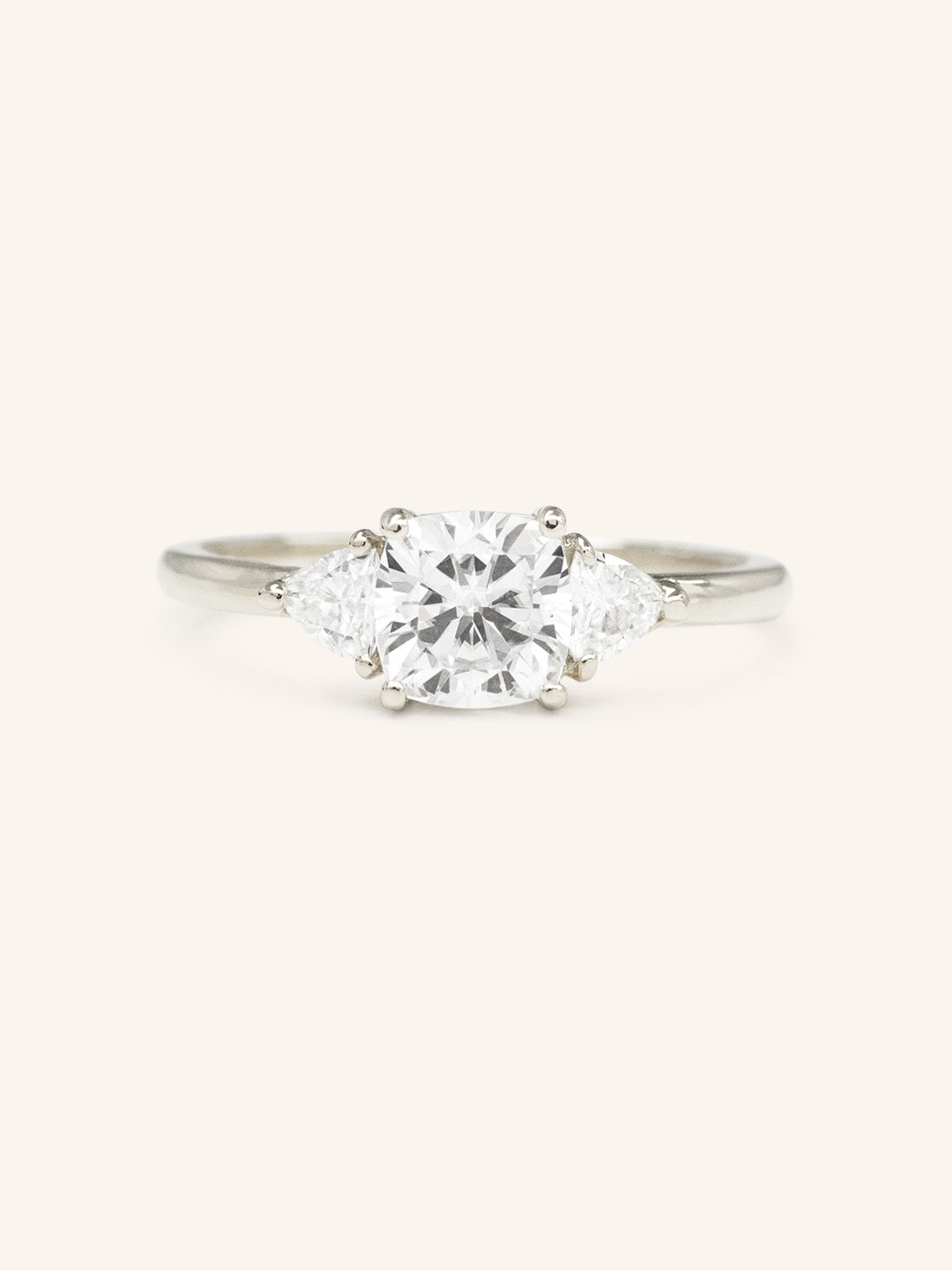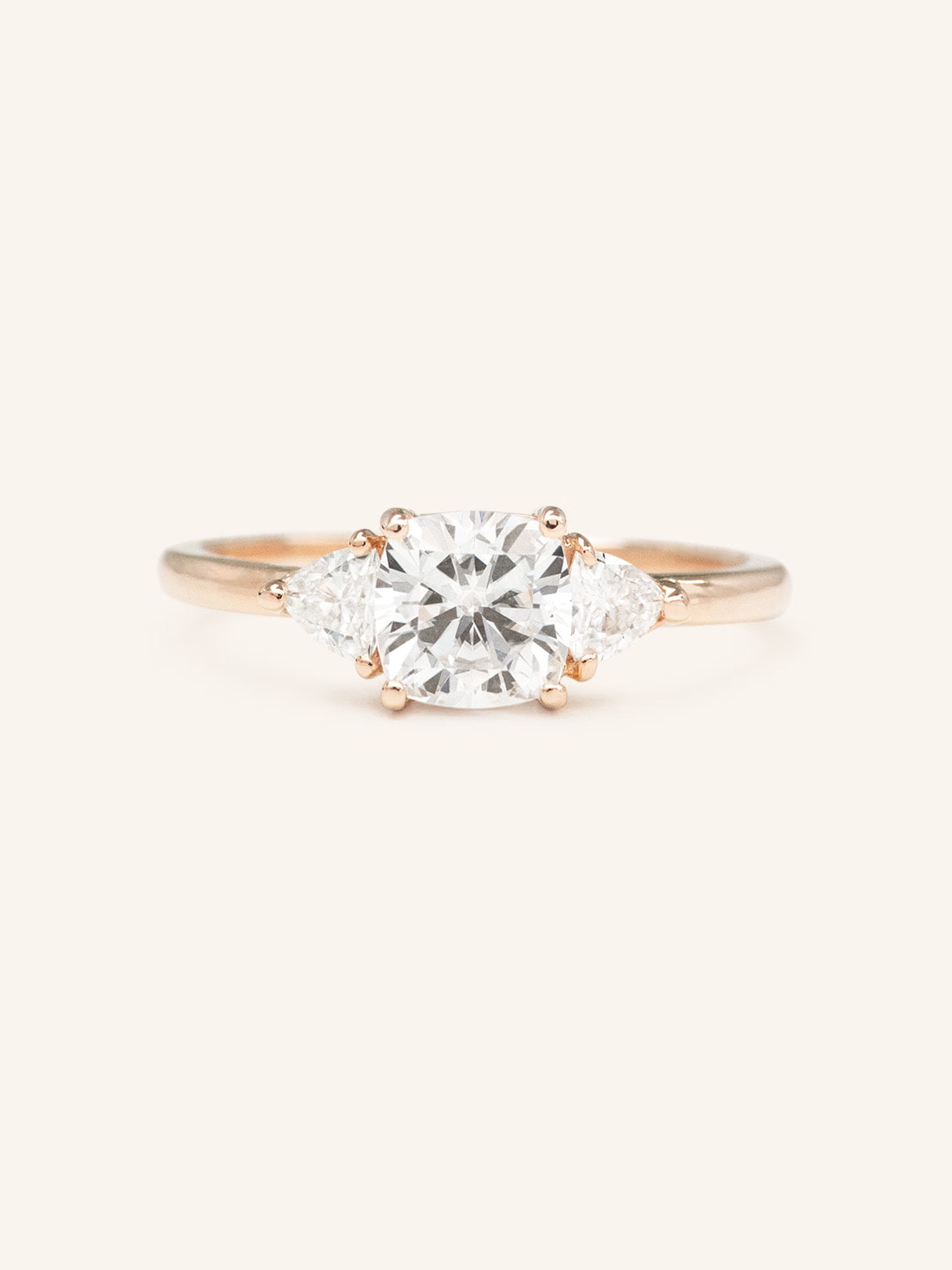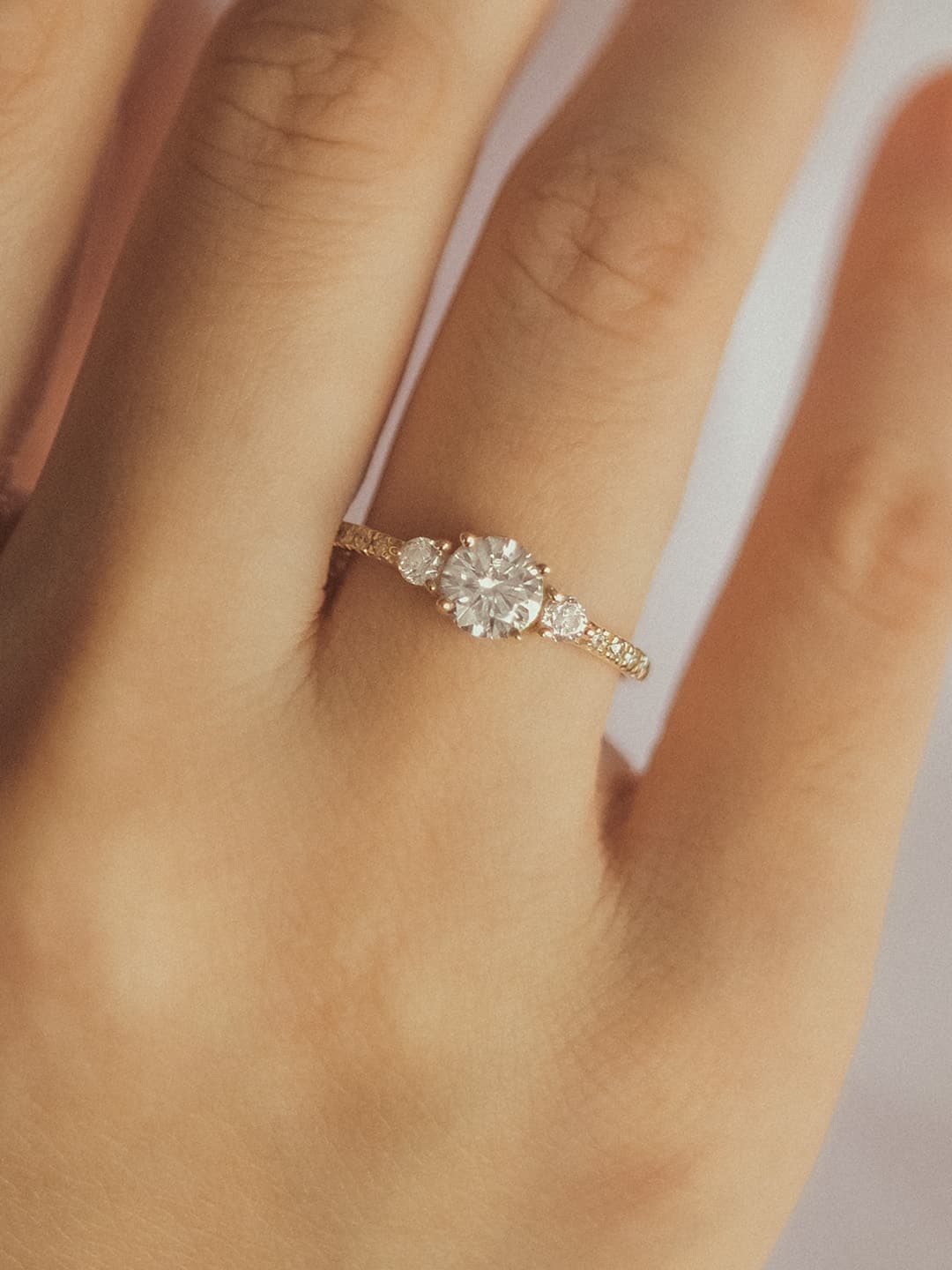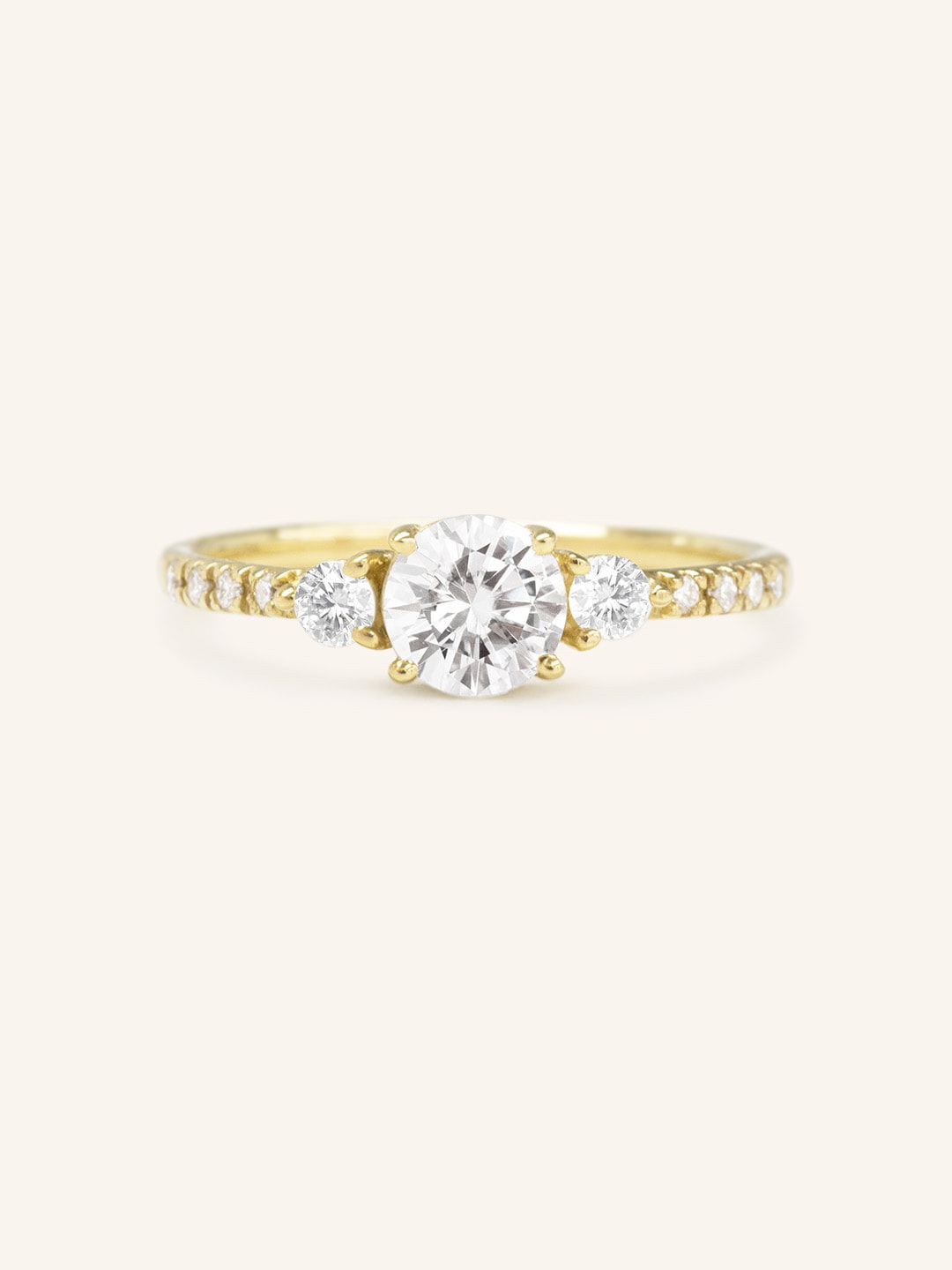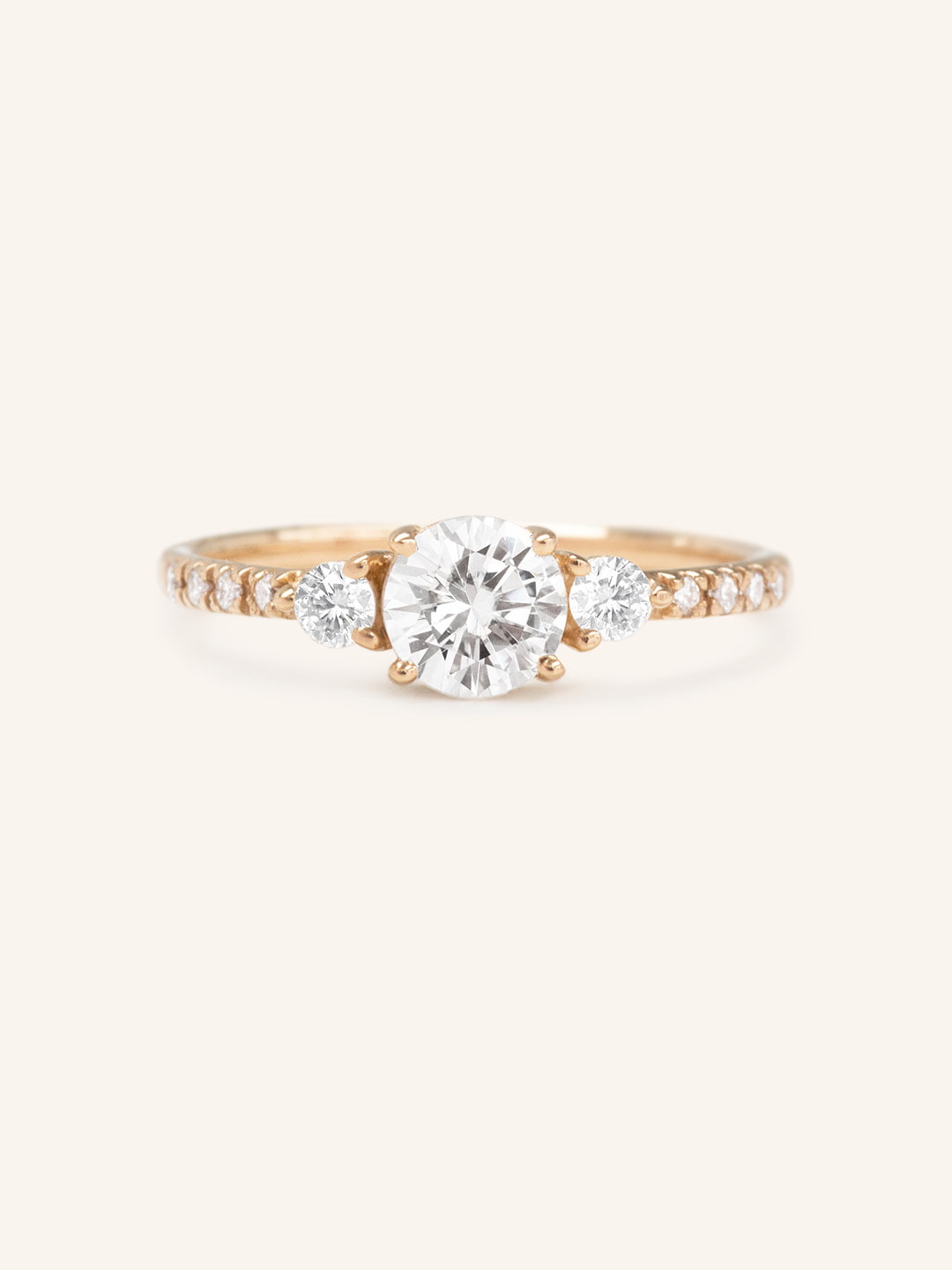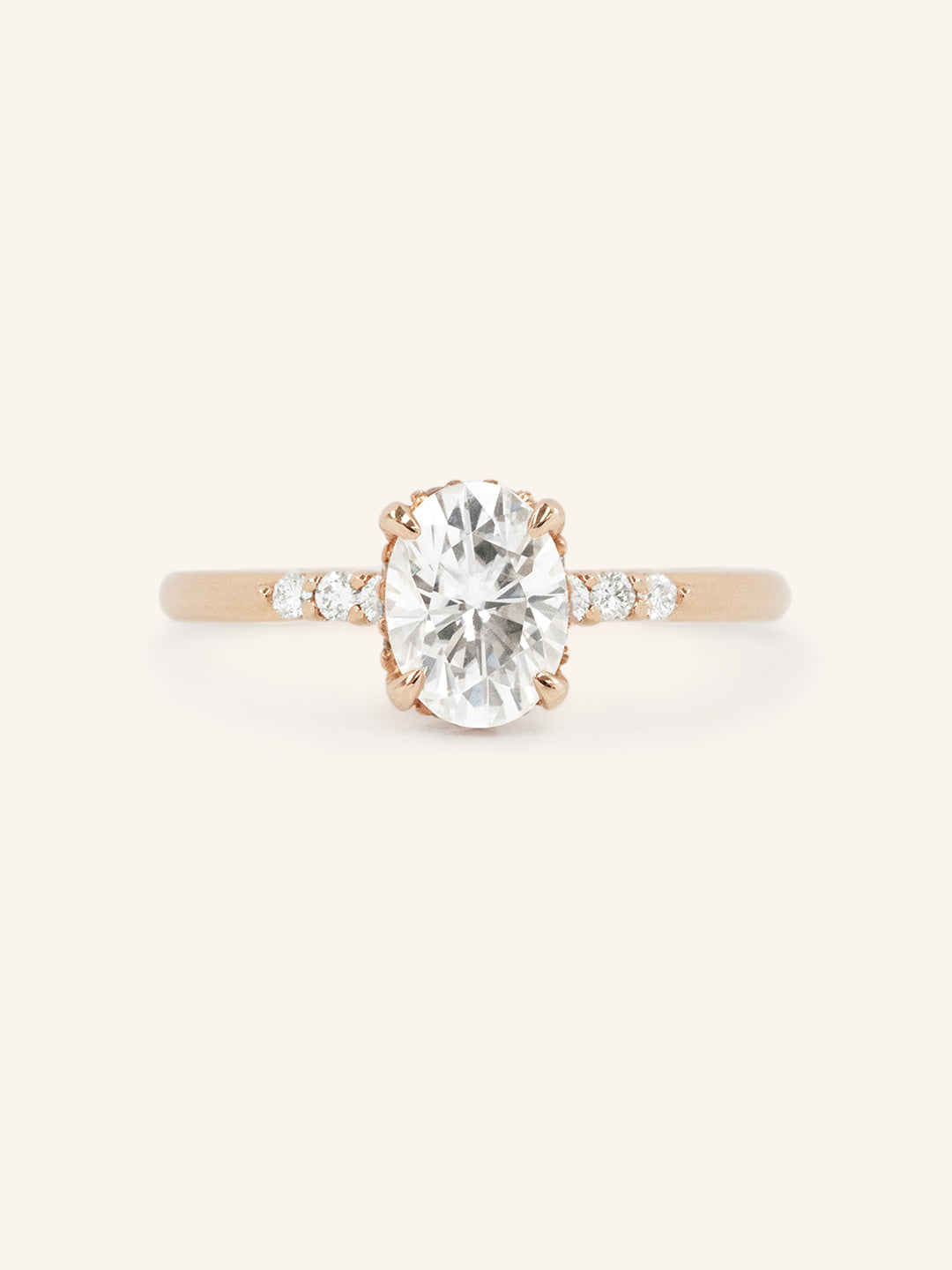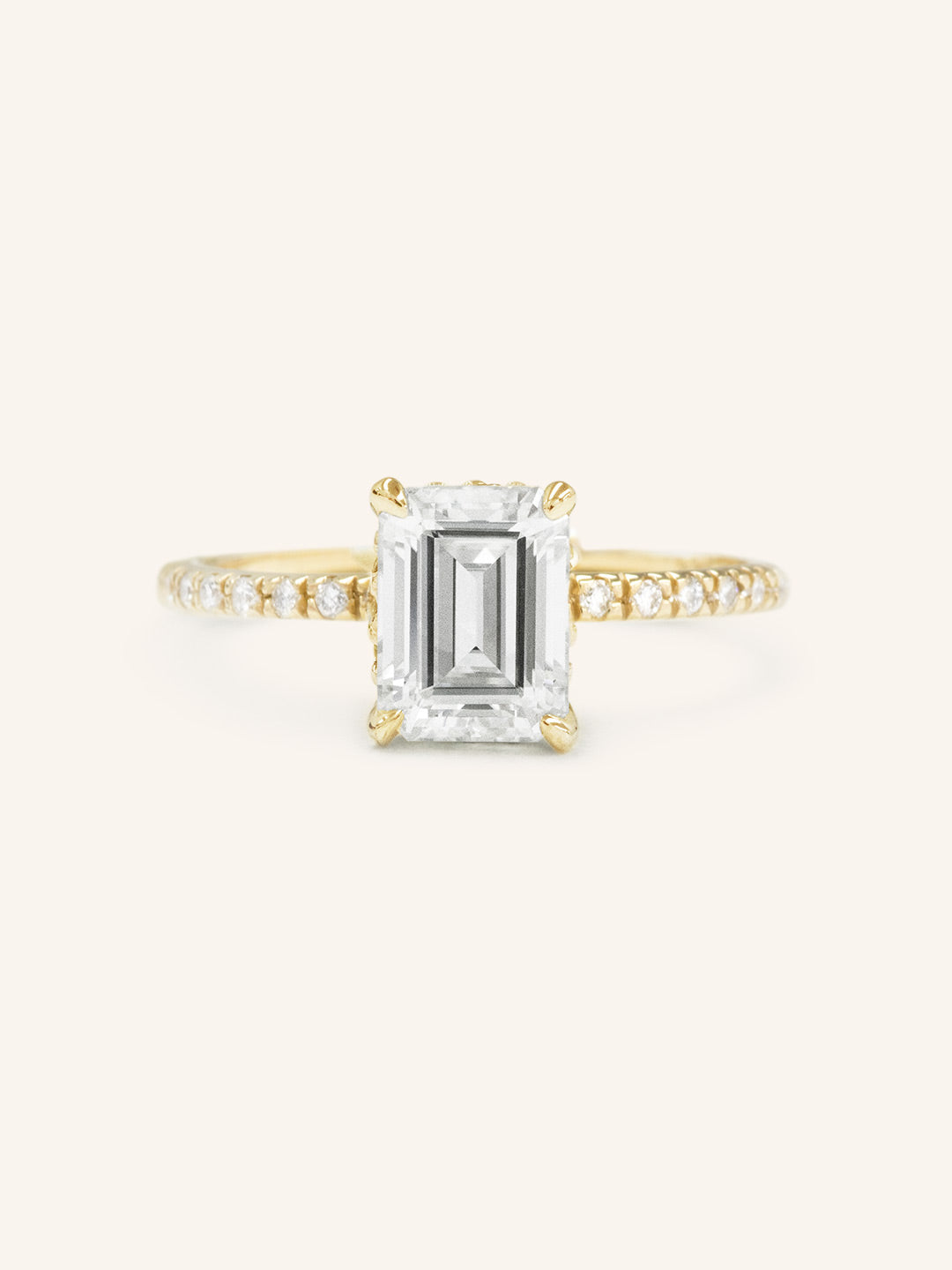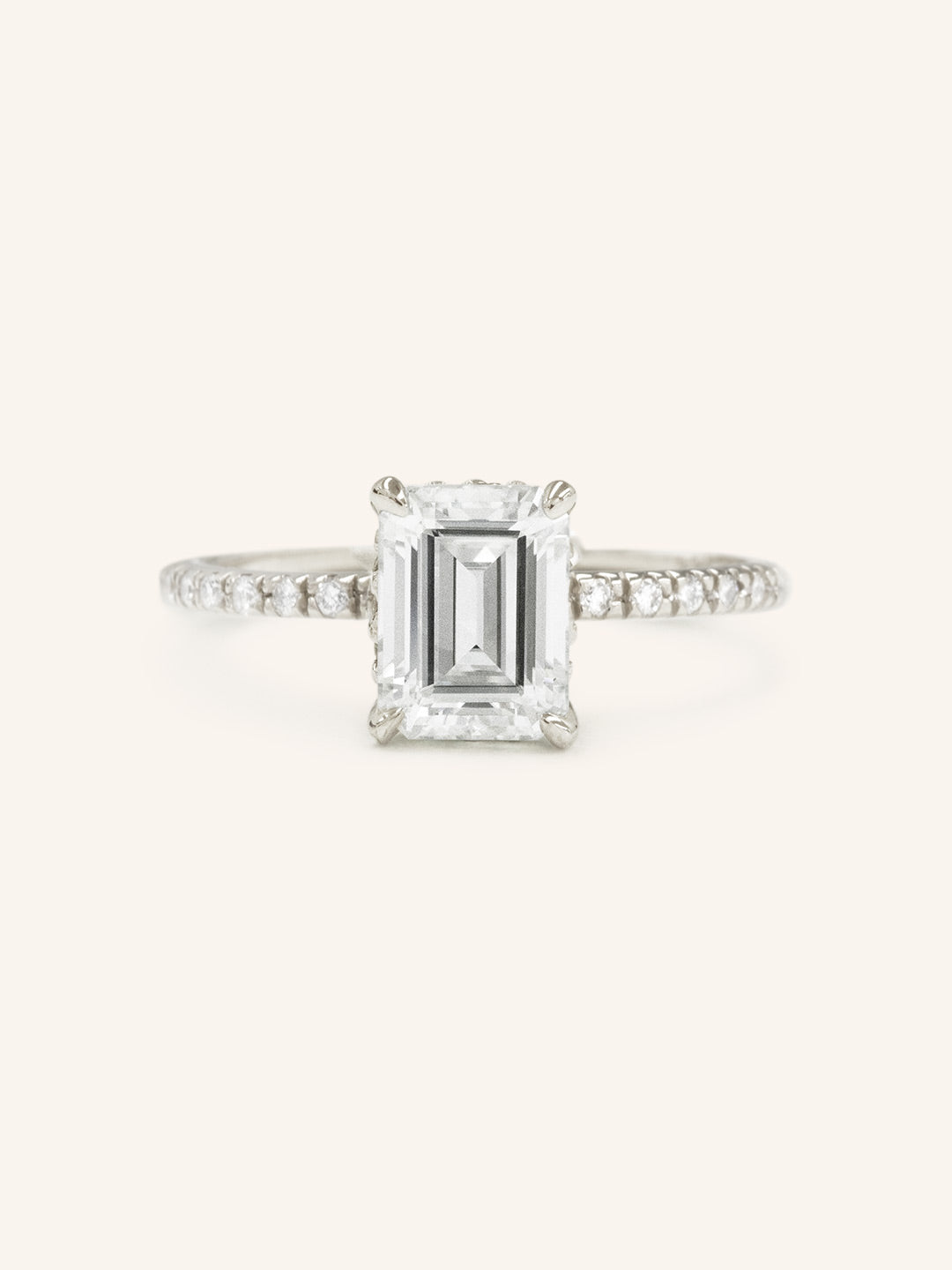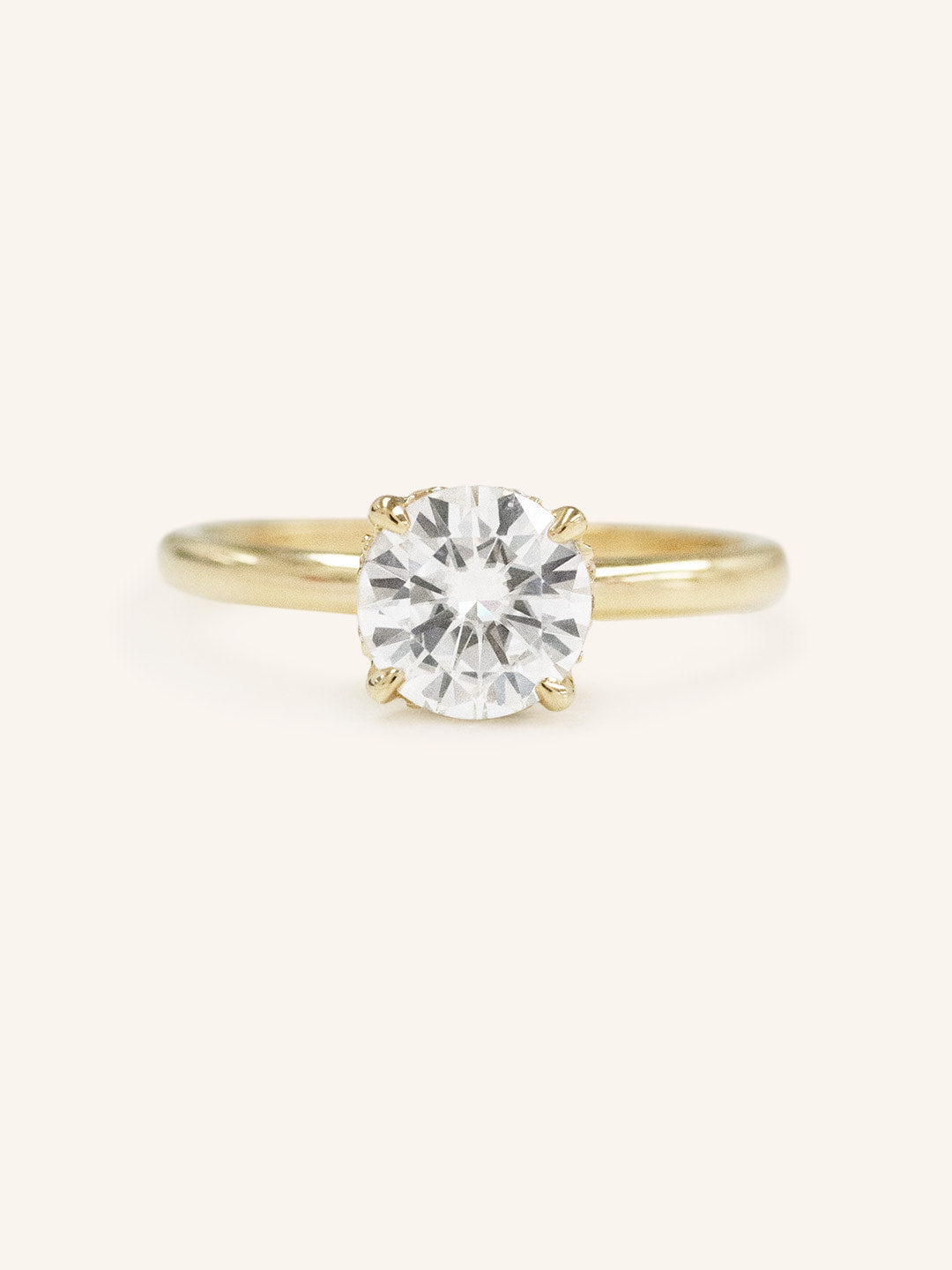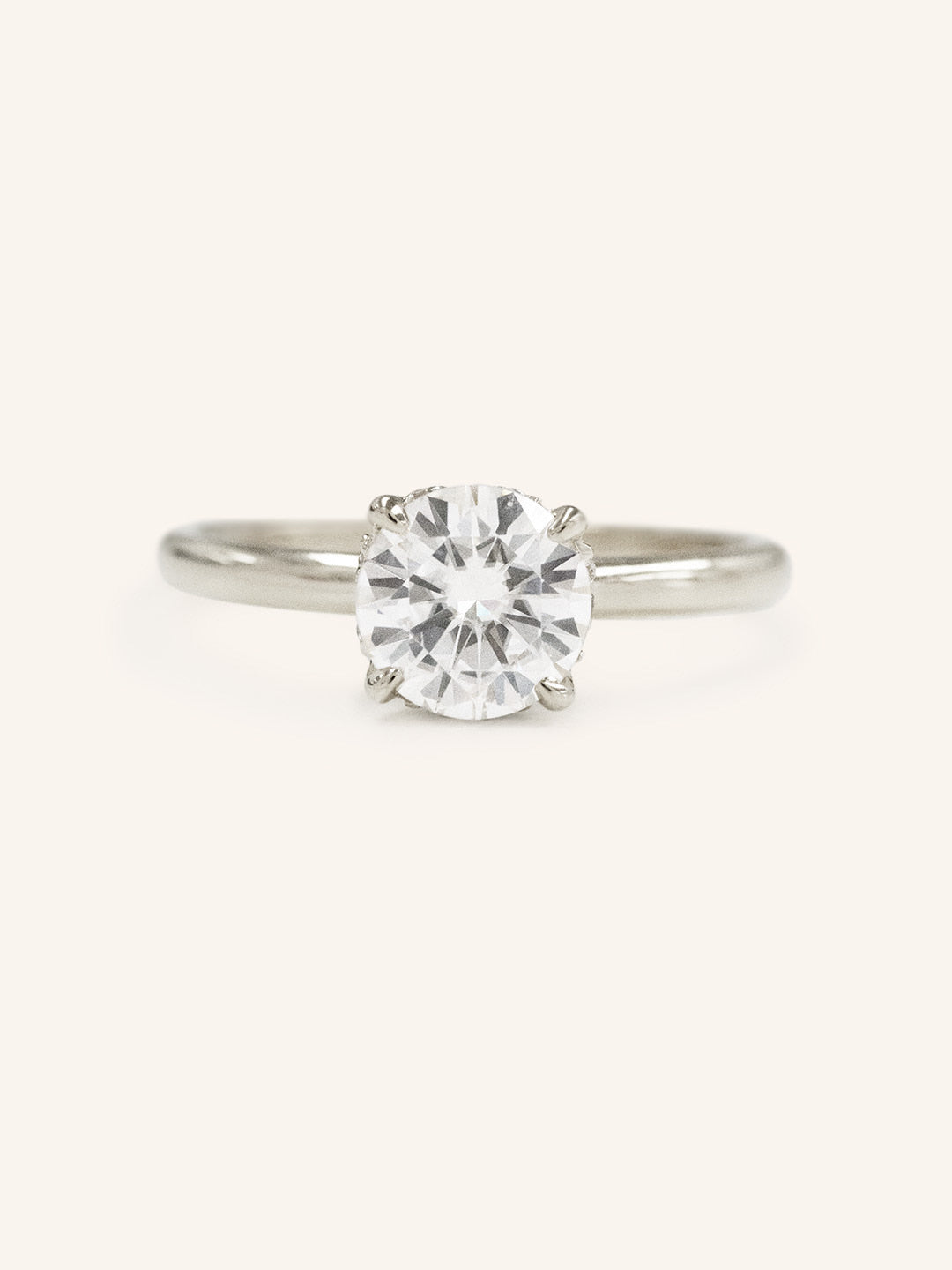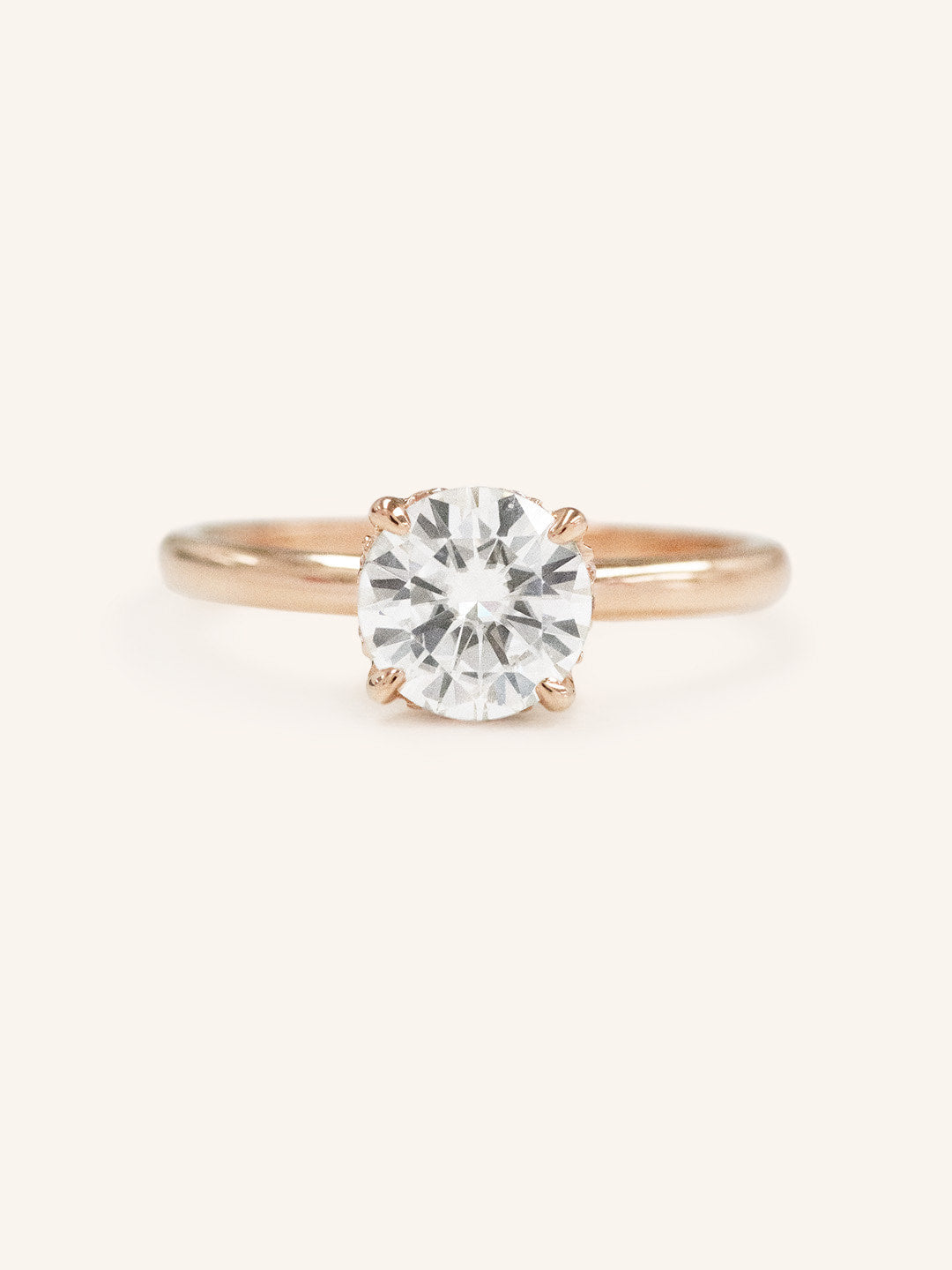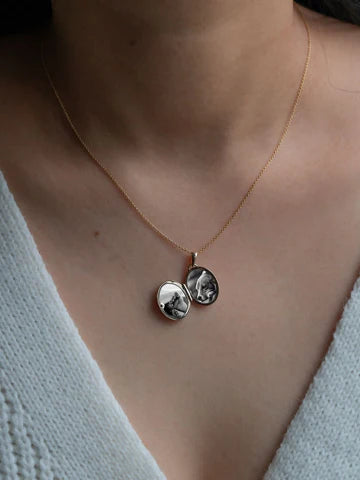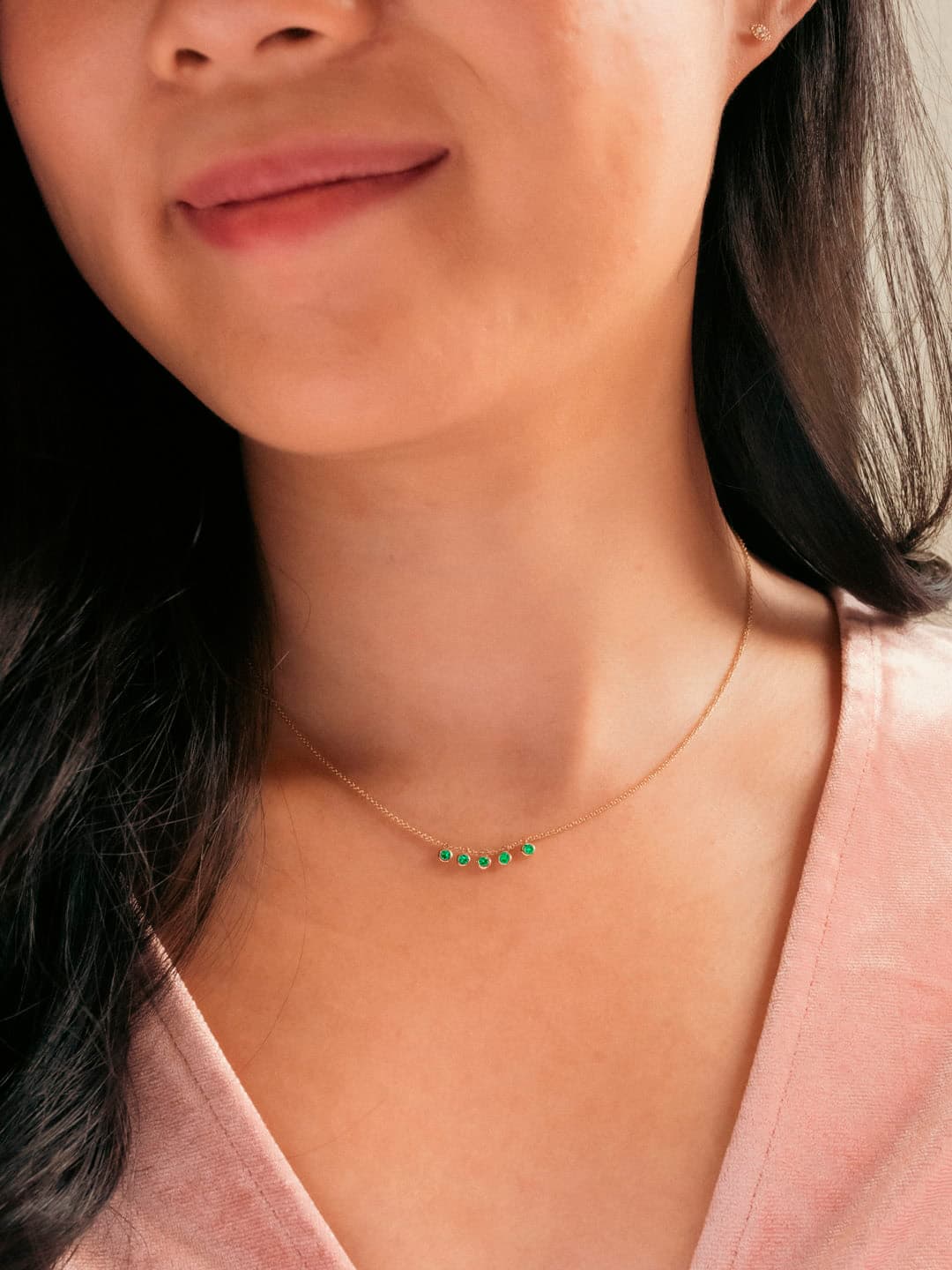How to Insure
A Guide to Engagement Ring Insurance

Your engagement ring is not just a piece of jewelry; it's a symbol of your love and commitment. While it holds immense sentimental value, it's also a significant financial investment. To protect this precious token of your love, consider engagement ring insurance. In this guide, we'll explore the benefits of insuring your engagement ring and provide you with the steps to get the coverage you need.
Why Insure Your Engagement Ring?
- Financial Protection: Life is full of unexpected events. Insurance ensures that you won't suffer a significant financial loss if your ring is lost, stolen, or damaged. It's a safety net for your investment.
- Peace of Mind: Knowing that your ring is protected allows you to wear it with confidence. You won't have to worry about accidents or theft ruining this symbol of your love.
- Coverage Beyond Homeowner's or Renter's Insurance: While your homeowner's or renter's insurance might cover your personal property, it may not provide adequate coverage for high-value items like engagement rings. Dedicated ring insurance offers specific protection.
- Flexible Coverage: You can choose the level of coverage that suits your ring's value and your budget. This flexibility ensures you're not overpaying for coverage you don't need.

How to Insure Your Engagement Ring
- Appraisal: Start by getting your engagement ring appraised by a certified gemologist. This appraisal should include a detailed description of the ring, including the type and quality of the stone(s), metal, and craftsmanship. Keep a copy of this appraisal for your records.
- Research Insurance Providers: Look for insurance companies that specialize in jewelry or valuable items. Some well-known providers include Jewelers Mutual, Chubb, and State Farm. Compare policies, coverage limits, deductibles, and premiums to find the best fit for your needs.
- Ask Questions: Don't hesitate to ask potential insurers questions about their policies. Clarify how coverage works, including scenarios like loss, theft, or damage, and understand any limitations or exclusions.
- Provide Documentation: When you purchase insurance, you'll need to provide your appraisal, photographs of the ring, and any other requested documentation. Be thorough in providing accurate details.
- Premium Payment: Pay your insurance premiums promptly to maintain coverage. Some insurers offer annual or monthly payment options.
- Review and Update: As your ring's value may change over time due to market fluctuations or upgrades, periodically review and update your coverage to ensure it remains adequate.
- Security Measures: Many insurers may require you to take certain security precautions, such as using a home safe or having your ring regularly inspected and serviced. Follow these guidelines to maintain coverage.
- Claim Process: Familiarize yourself with the claim process. In the unfortunate event of loss, theft, or damage, you'll need to know how to proceed to receive compensation.


Insuring your engagement ring is a responsible and practical step to protect both your financial investment and the sentimental value of this cherished item. While no policy can replace the sentimental value of your ring, it can provide you with peace of mind, knowing that you've taken steps to safeguard it. With the right insurance coverage, you can continue to wear your engagement ring proudly, confidently, and with the knowledge that it's protected for generations to come.



